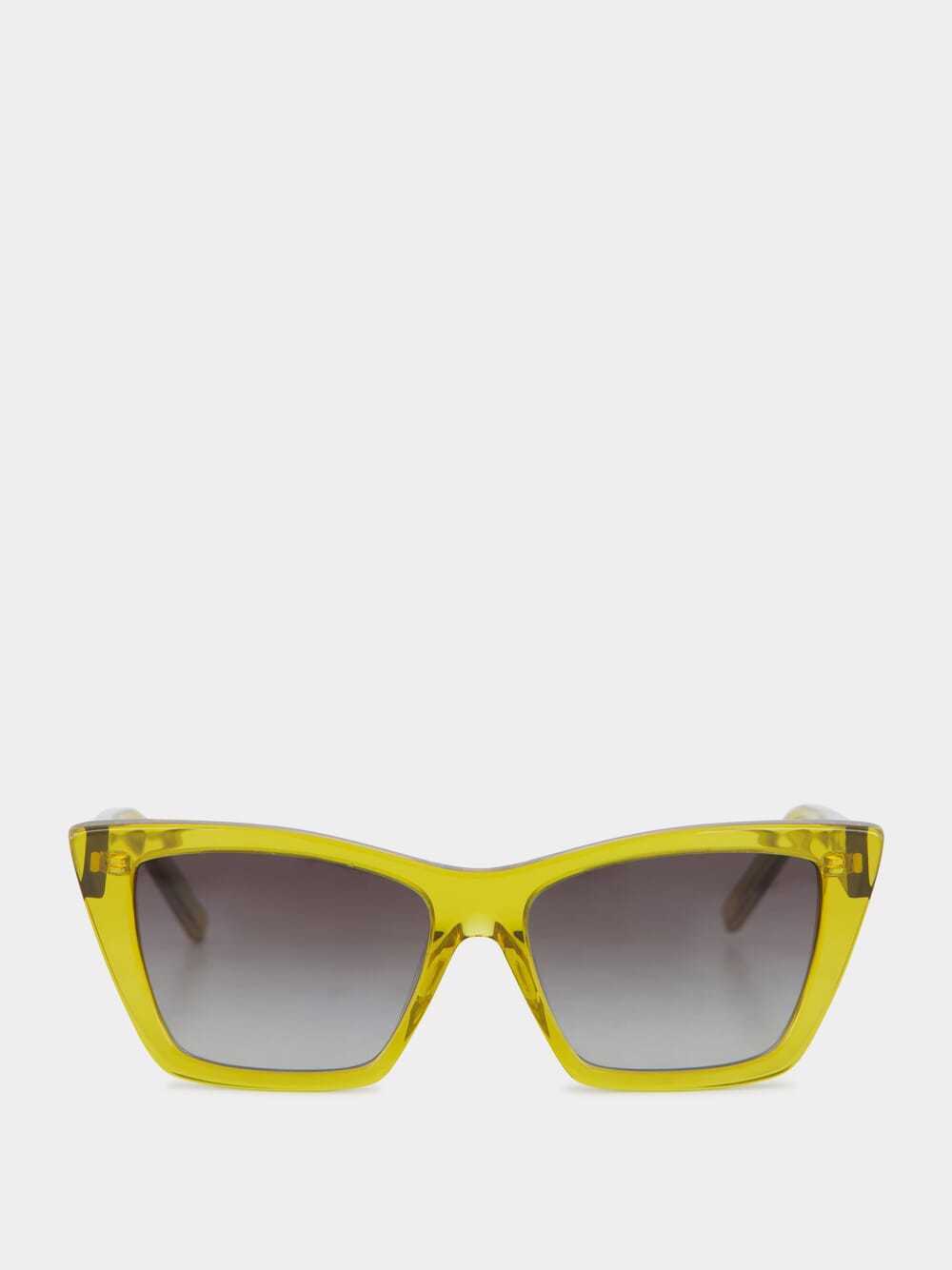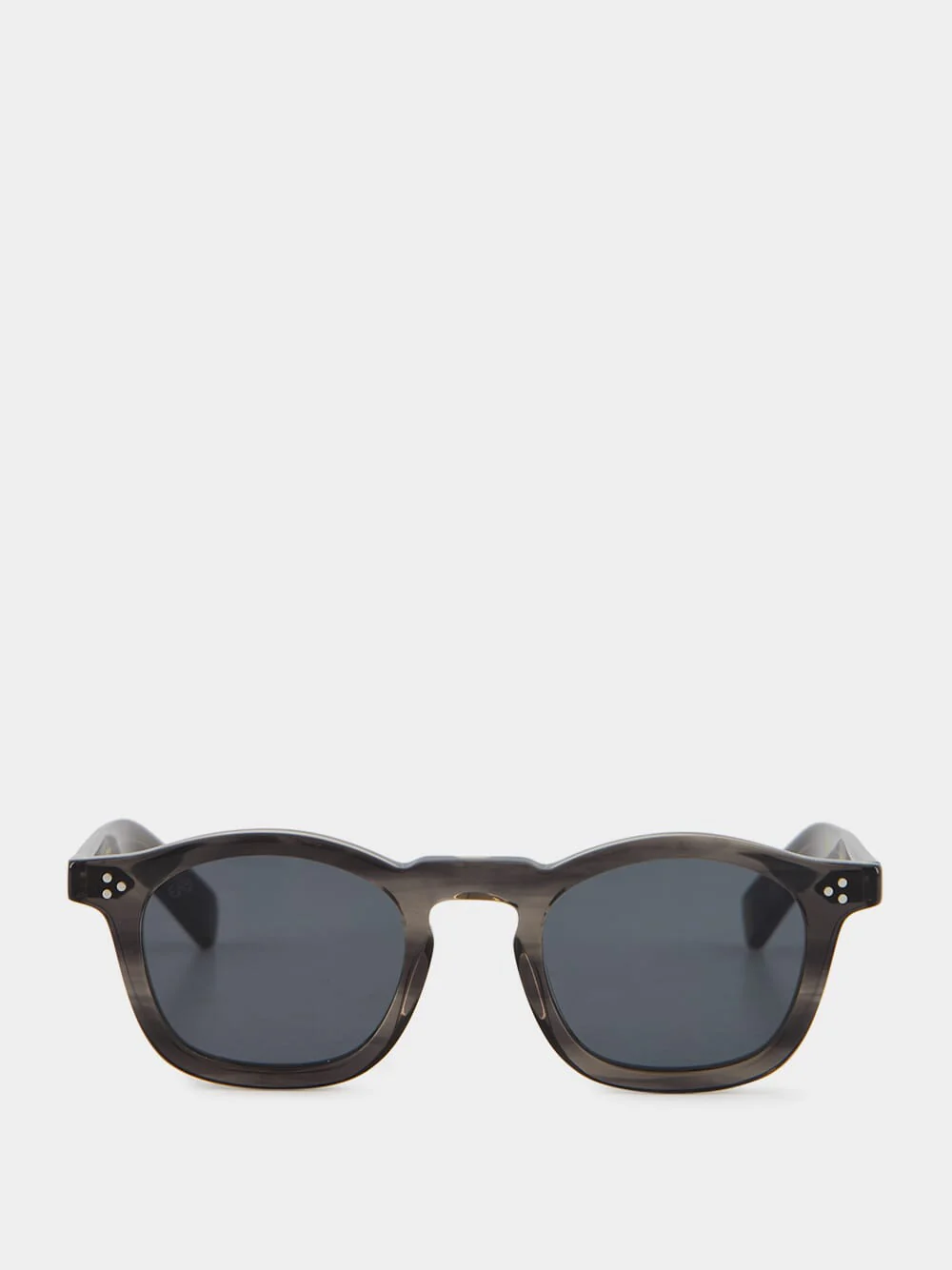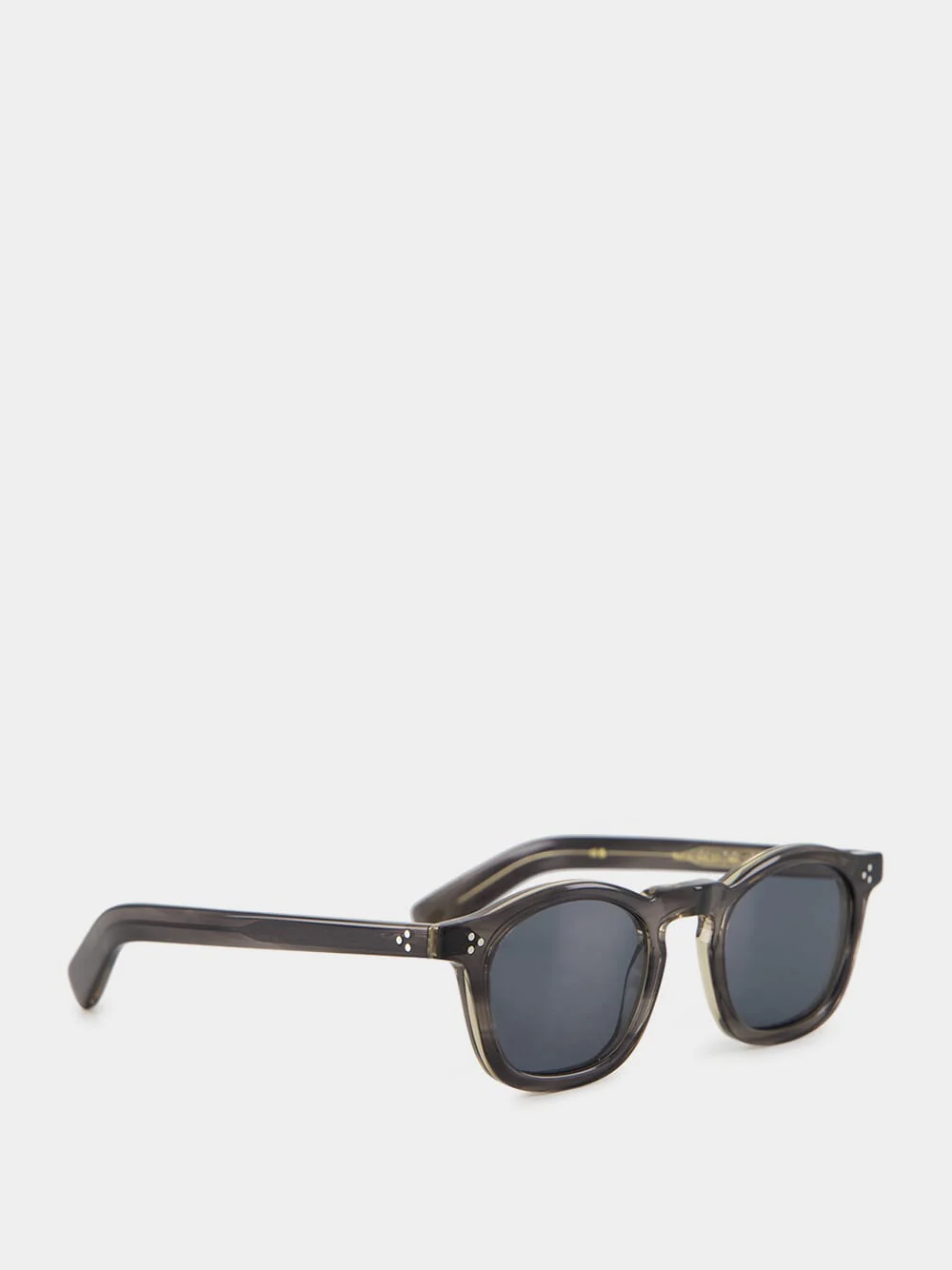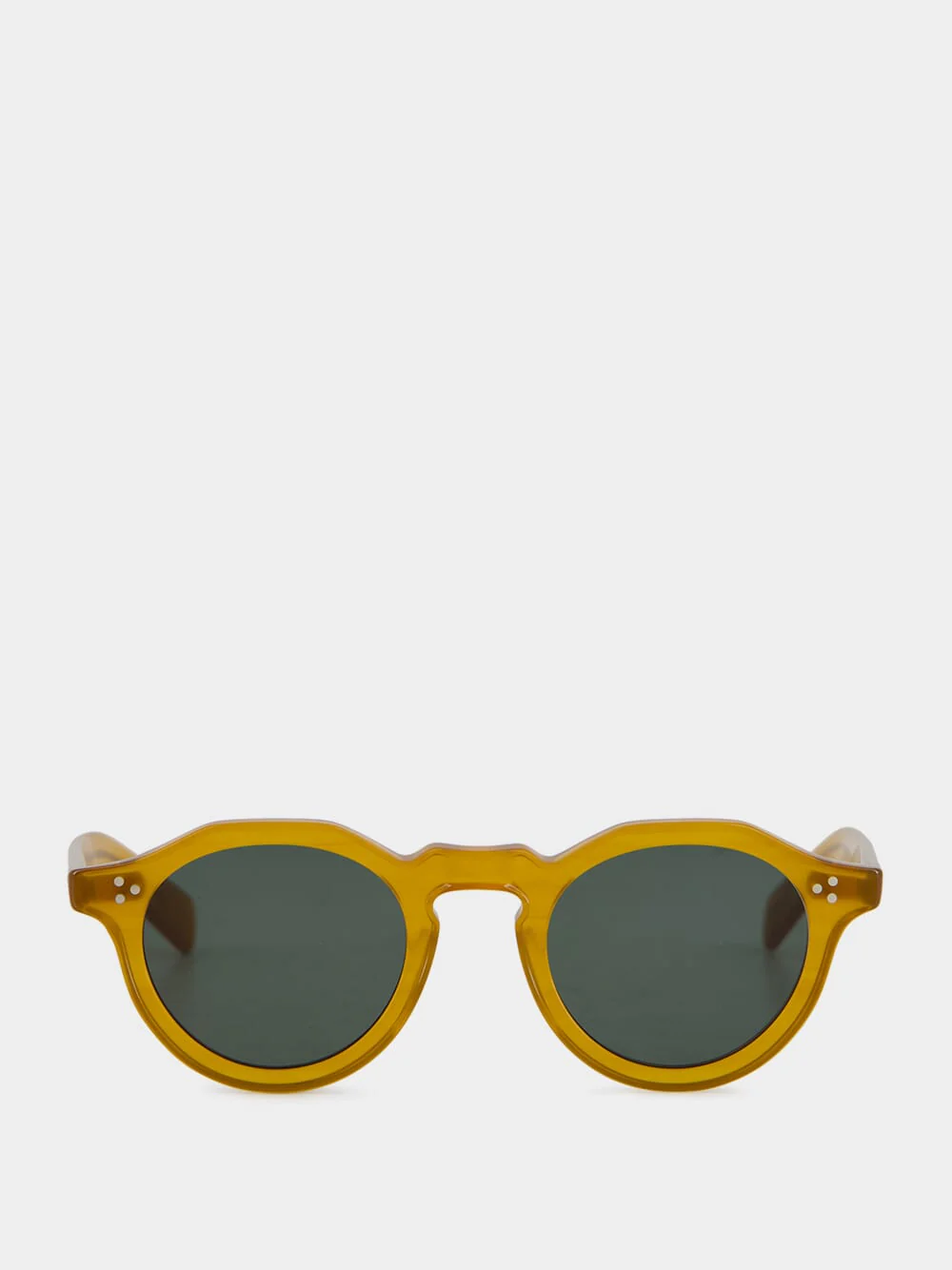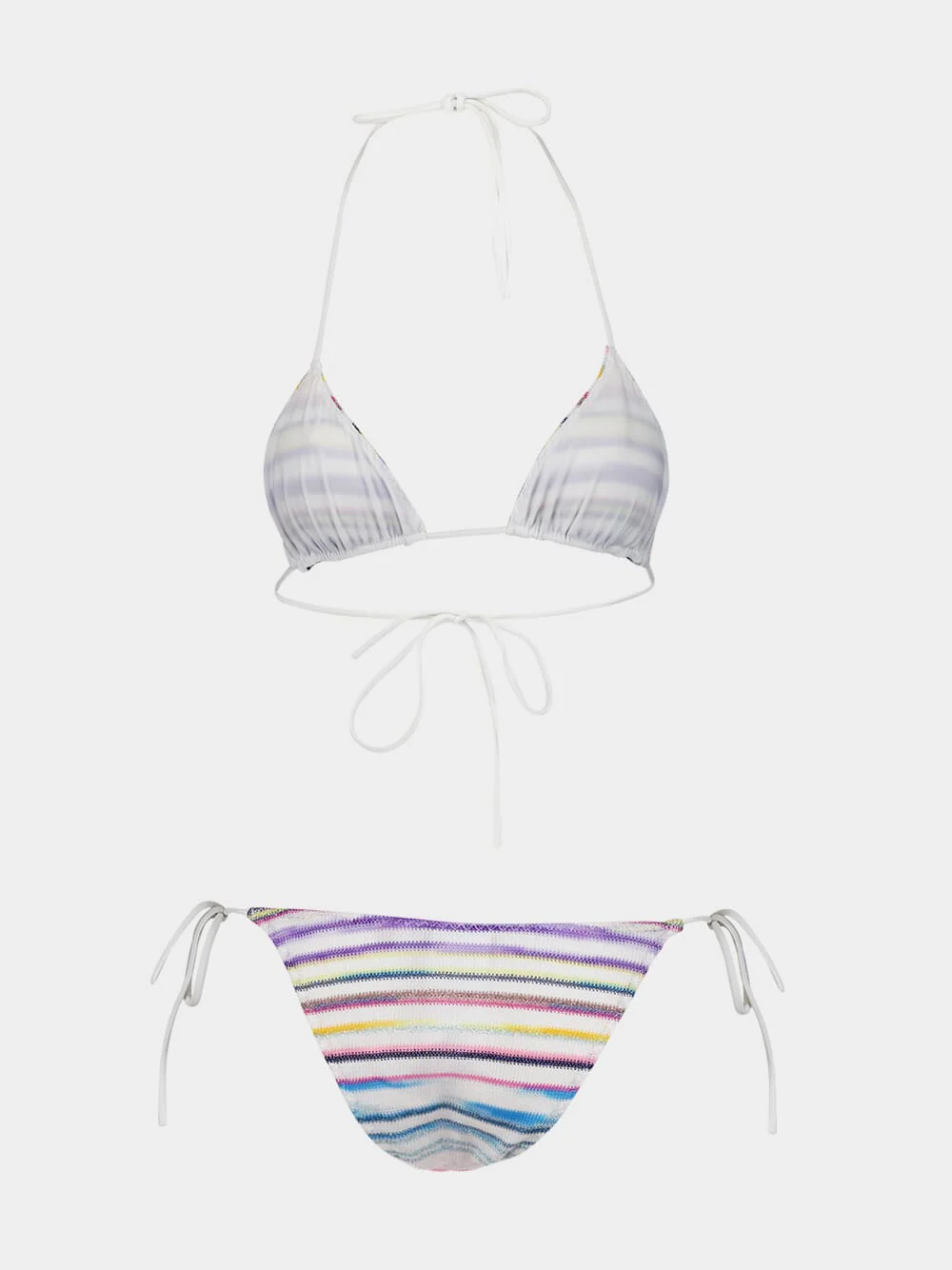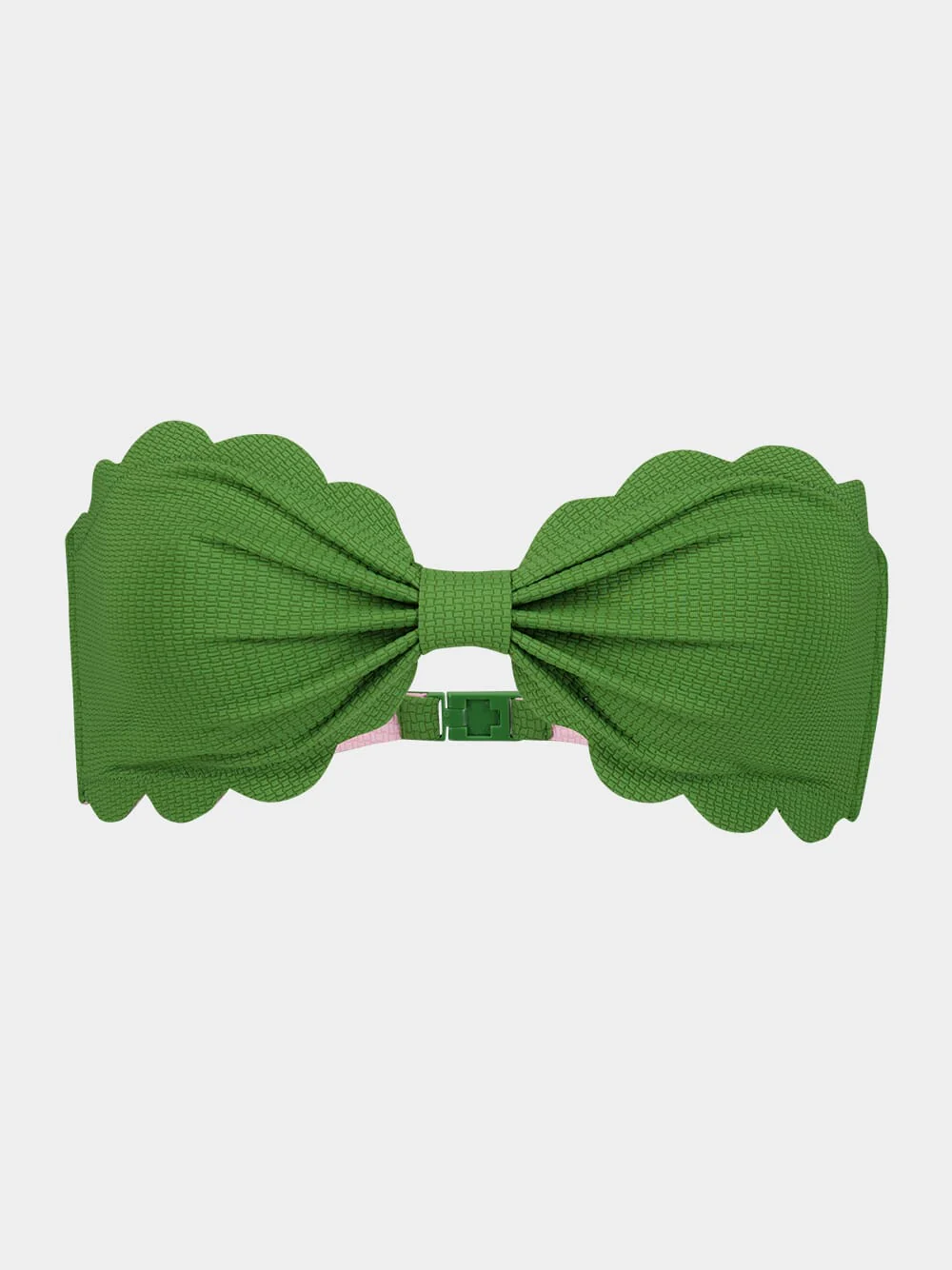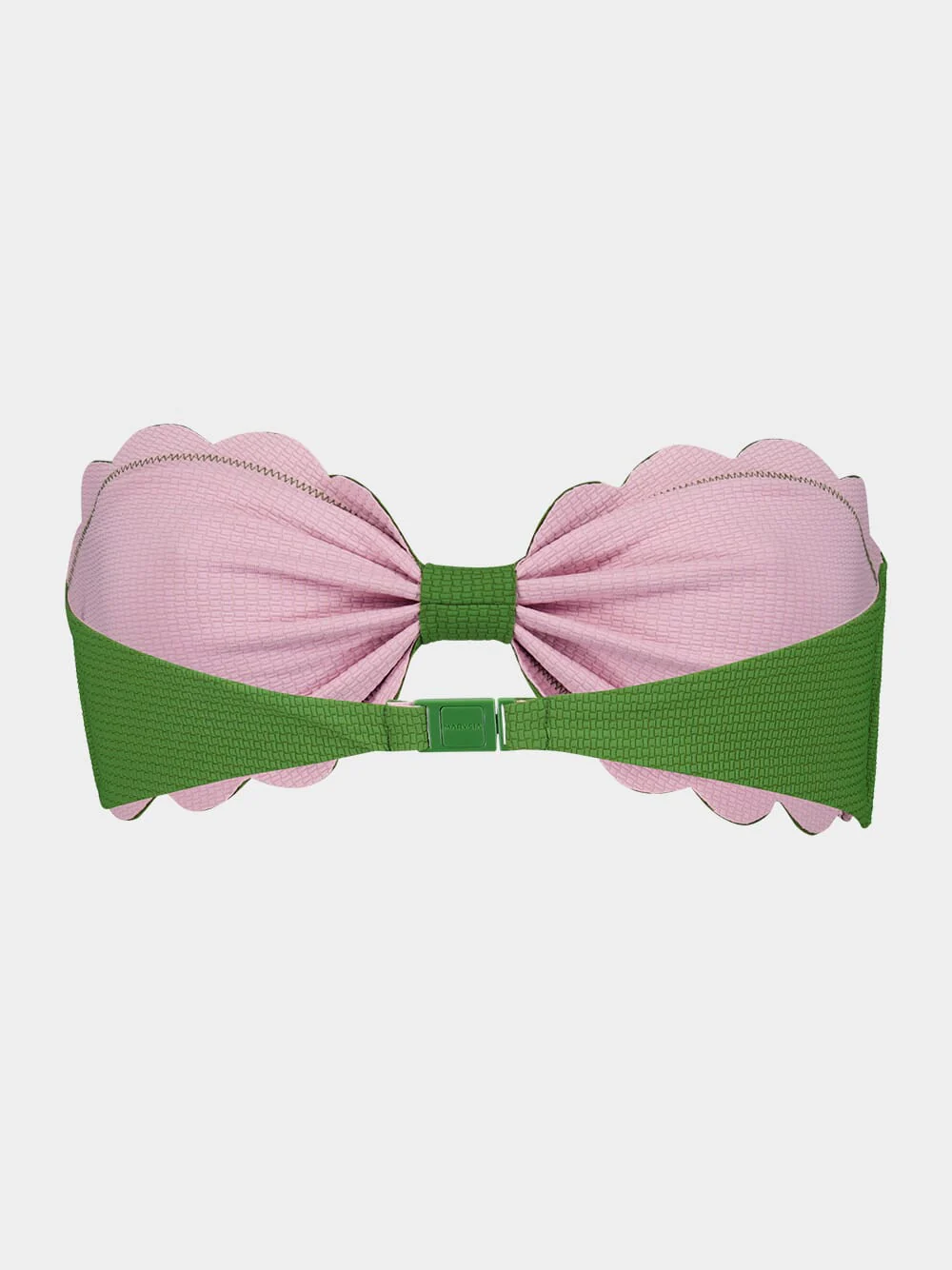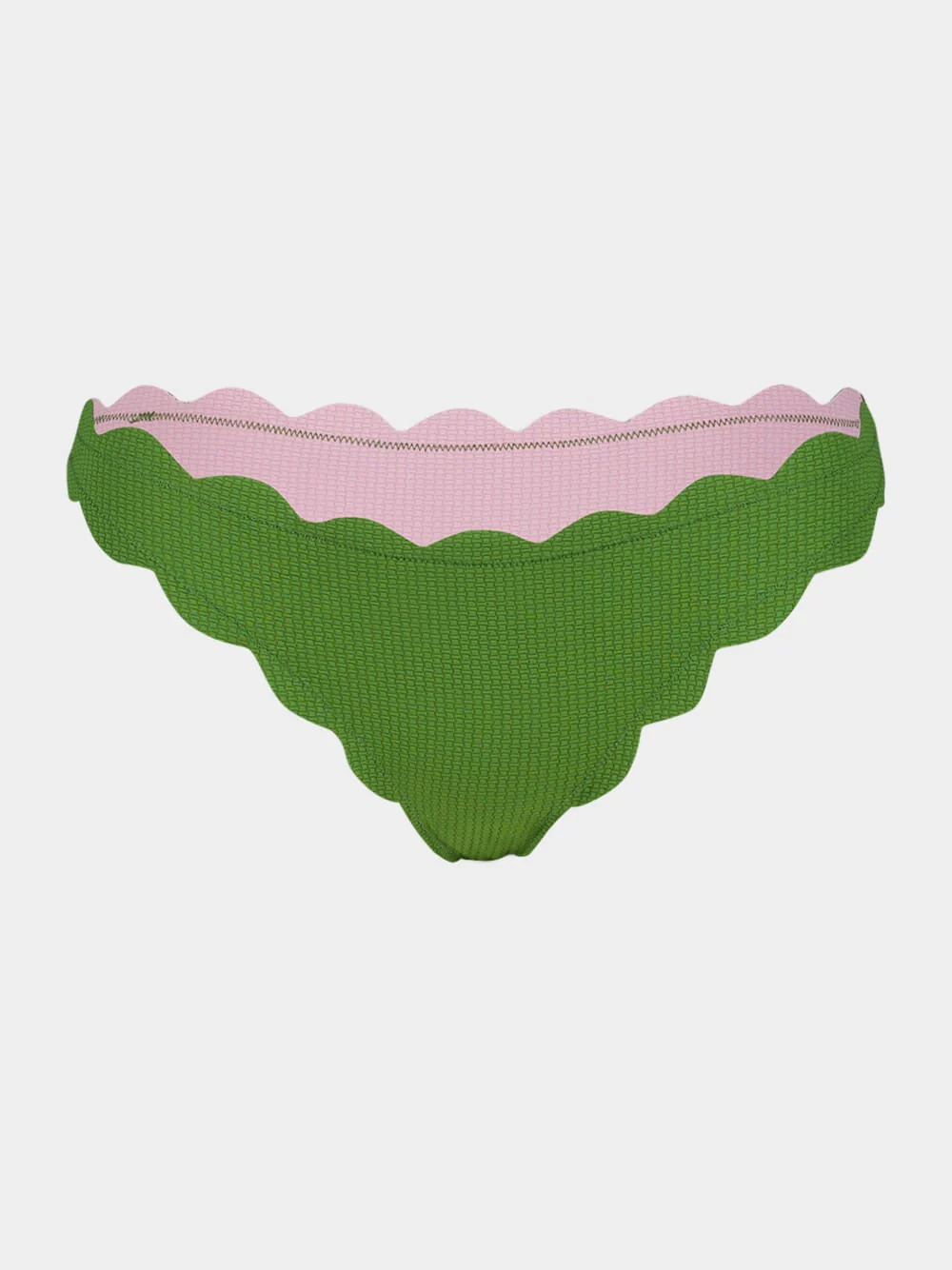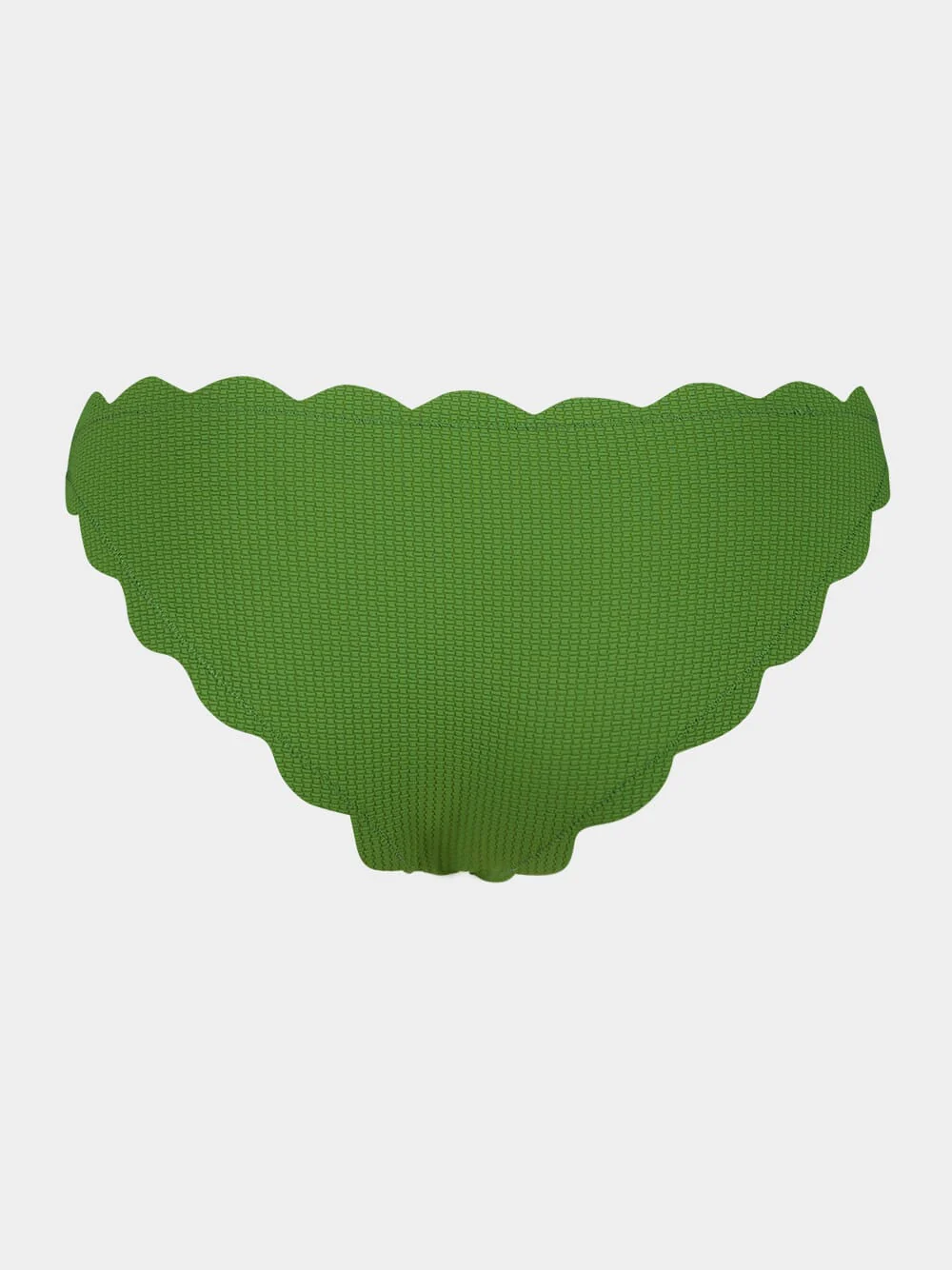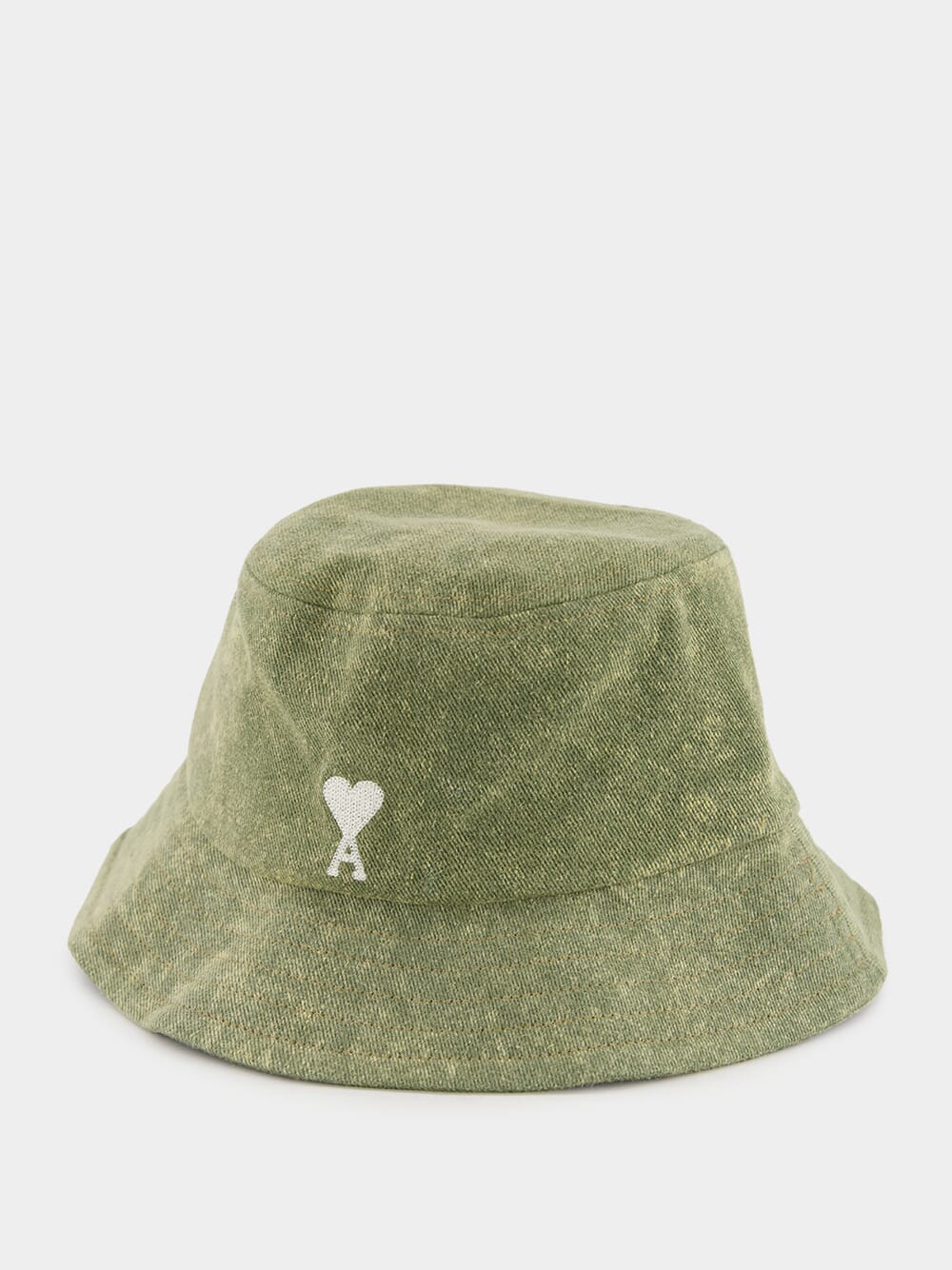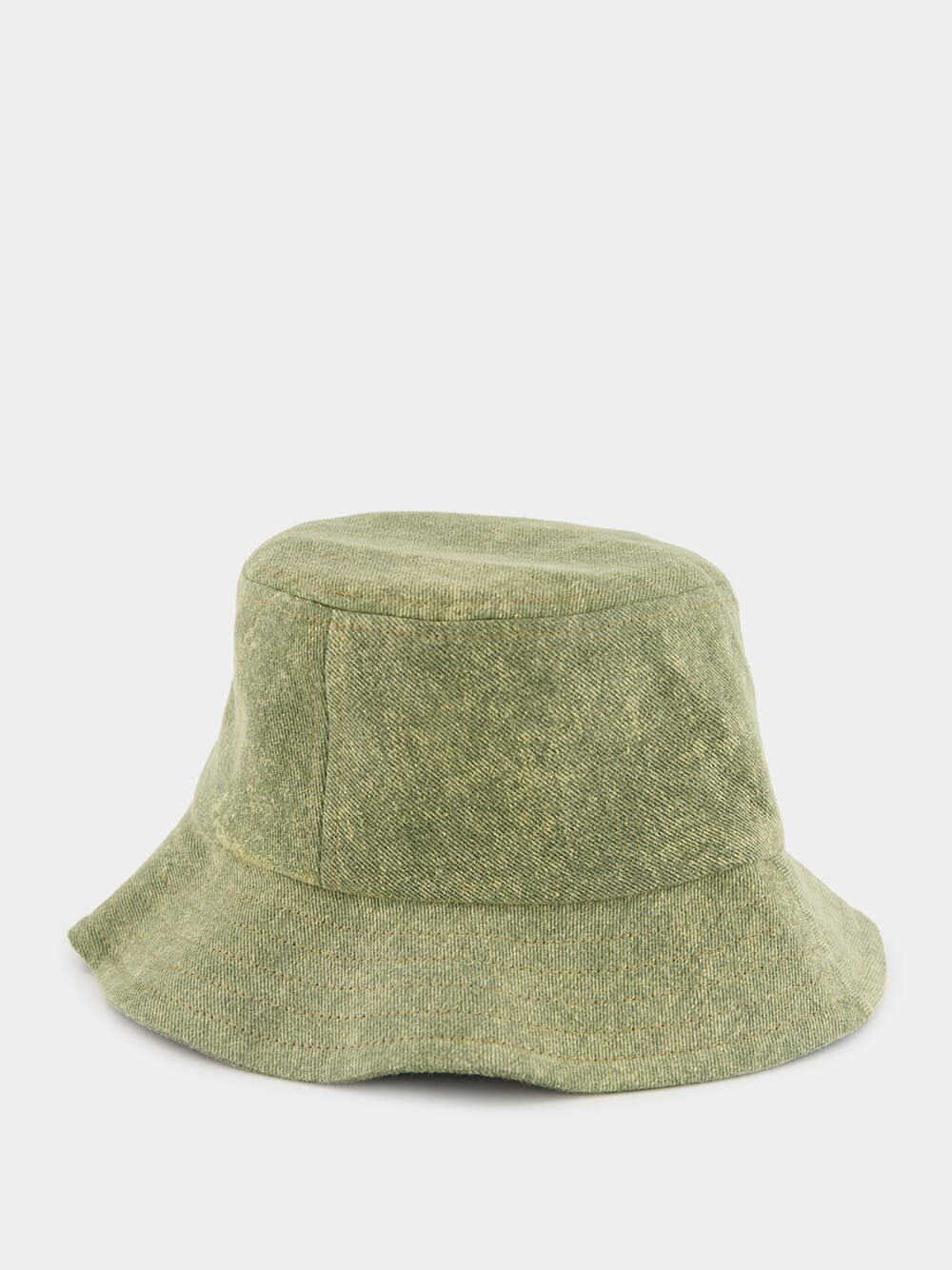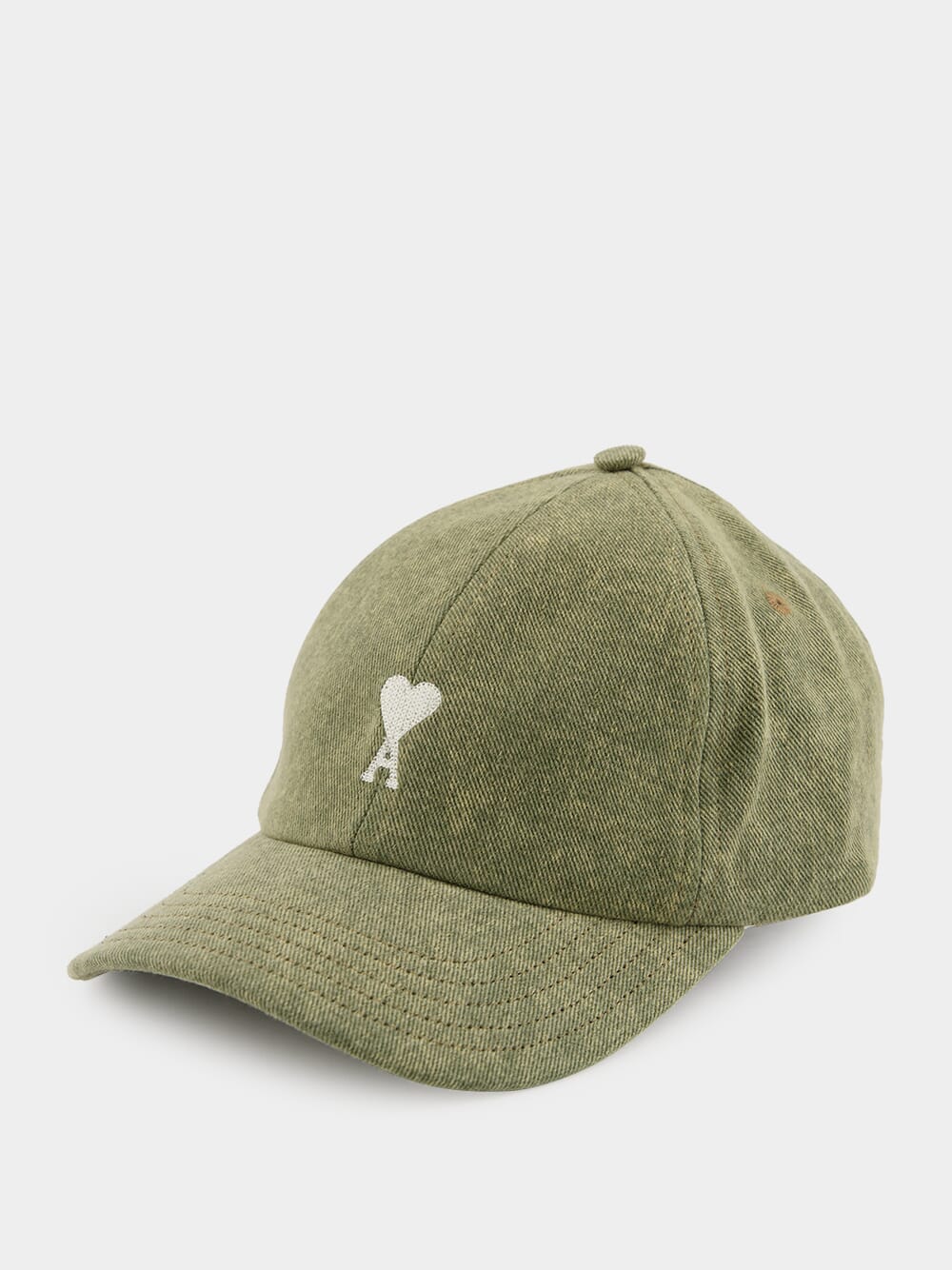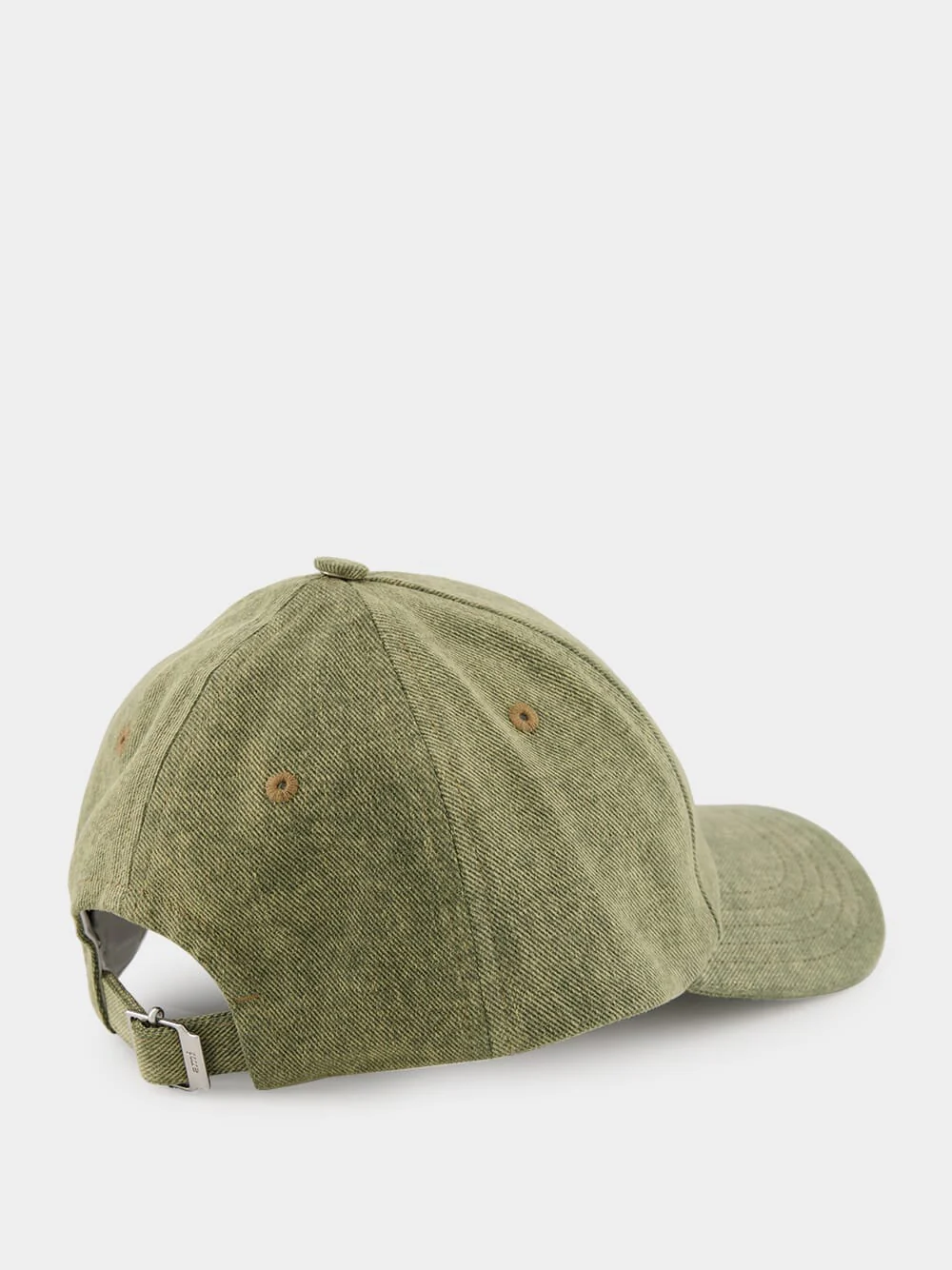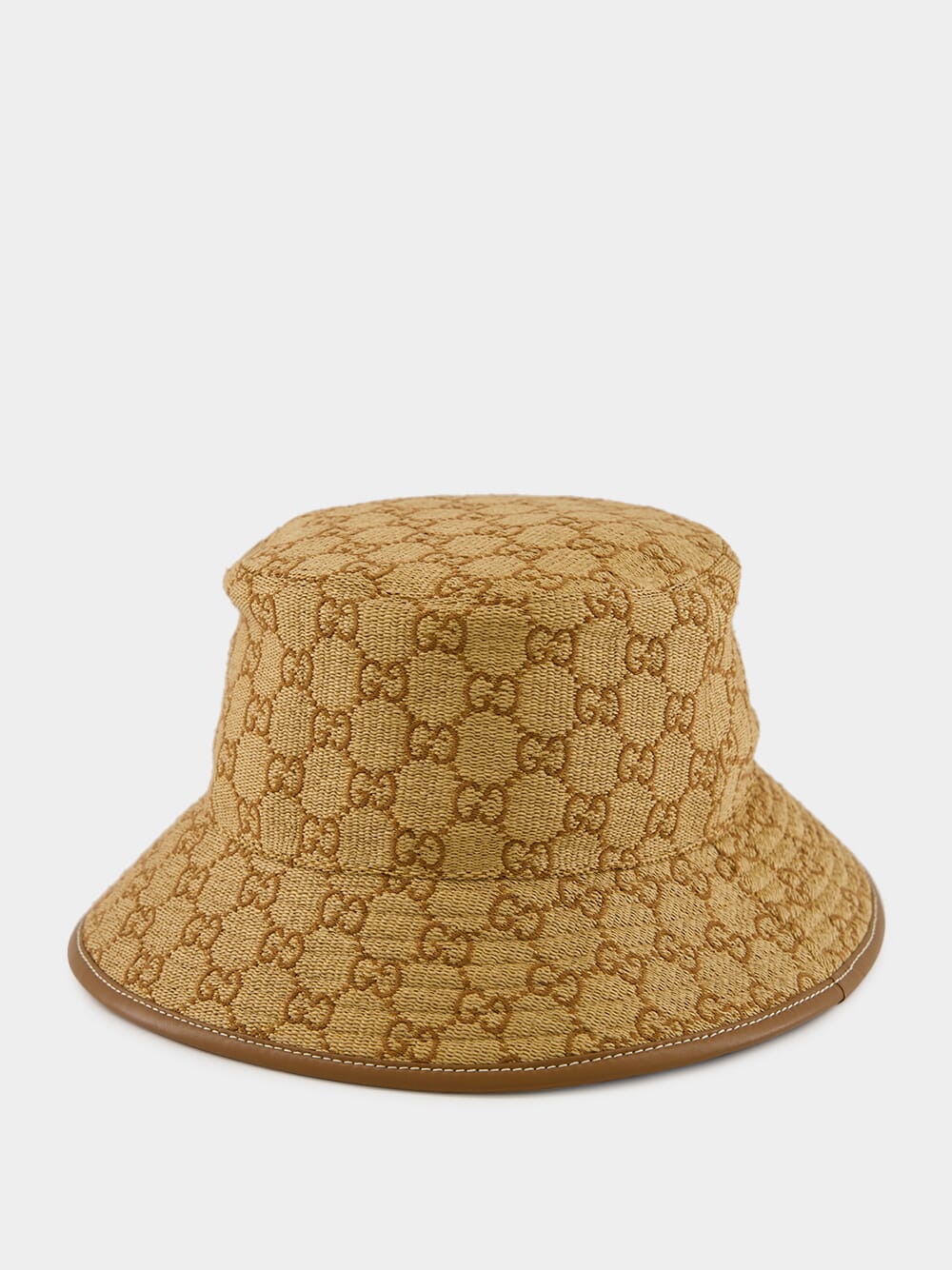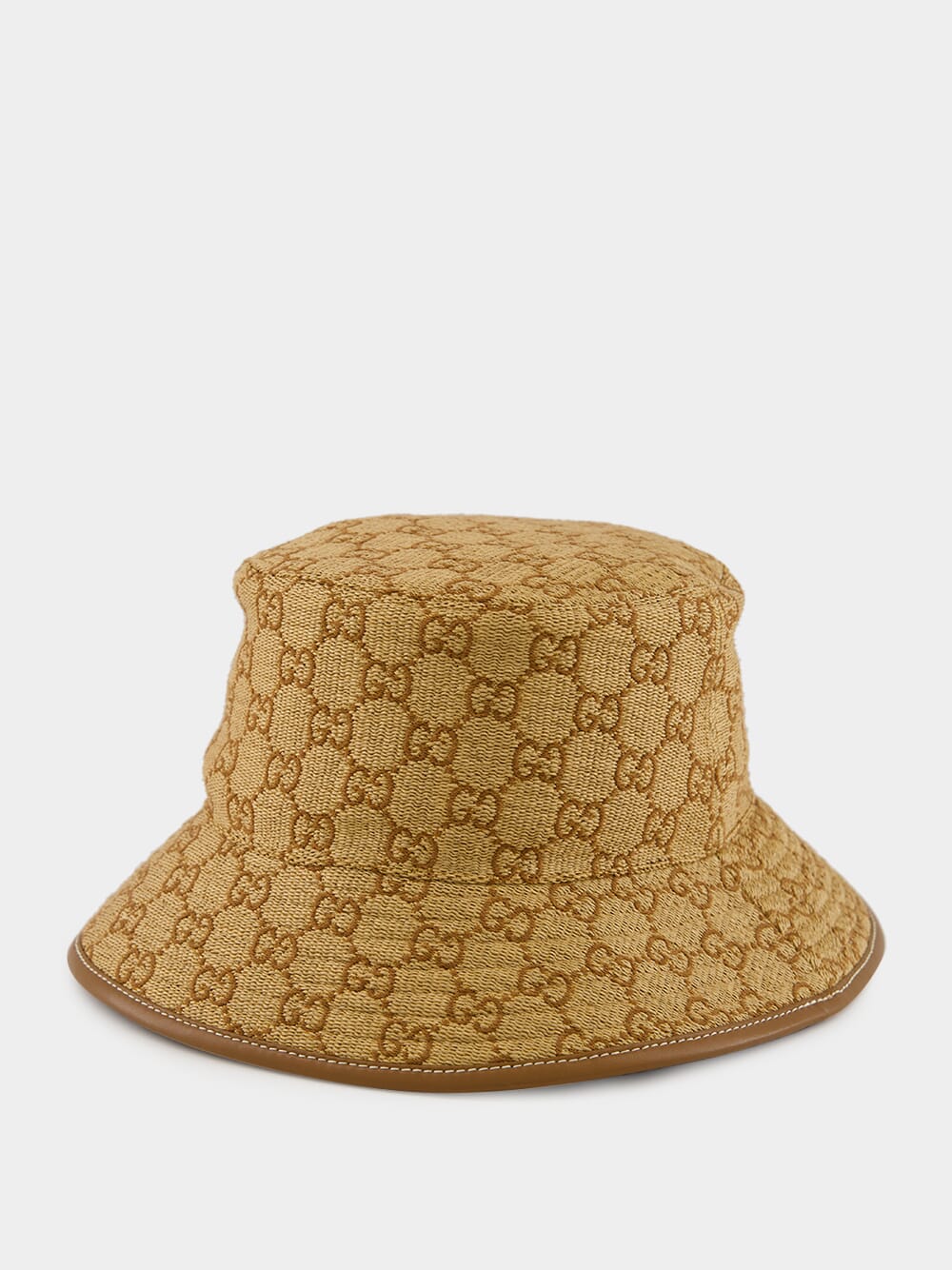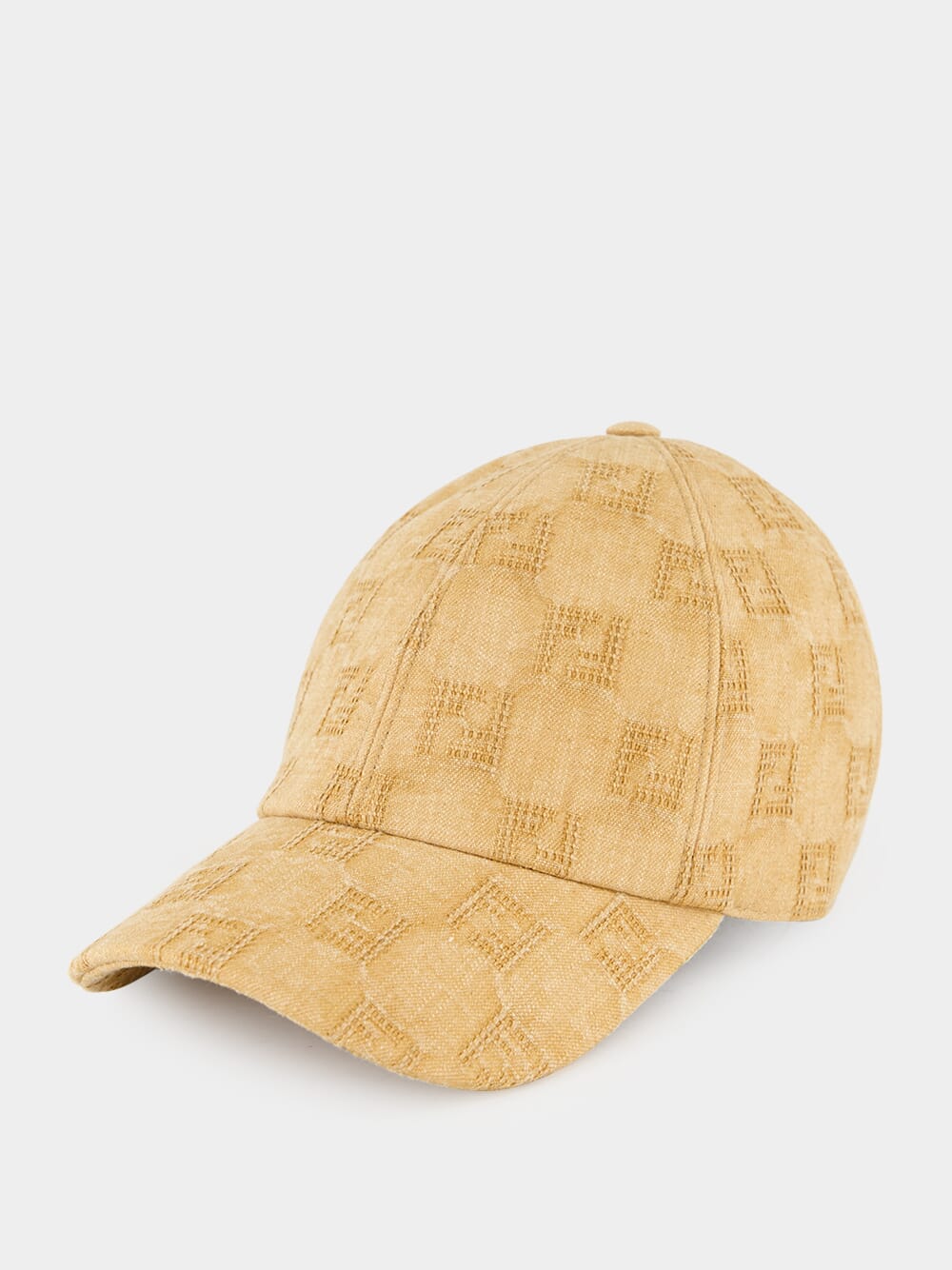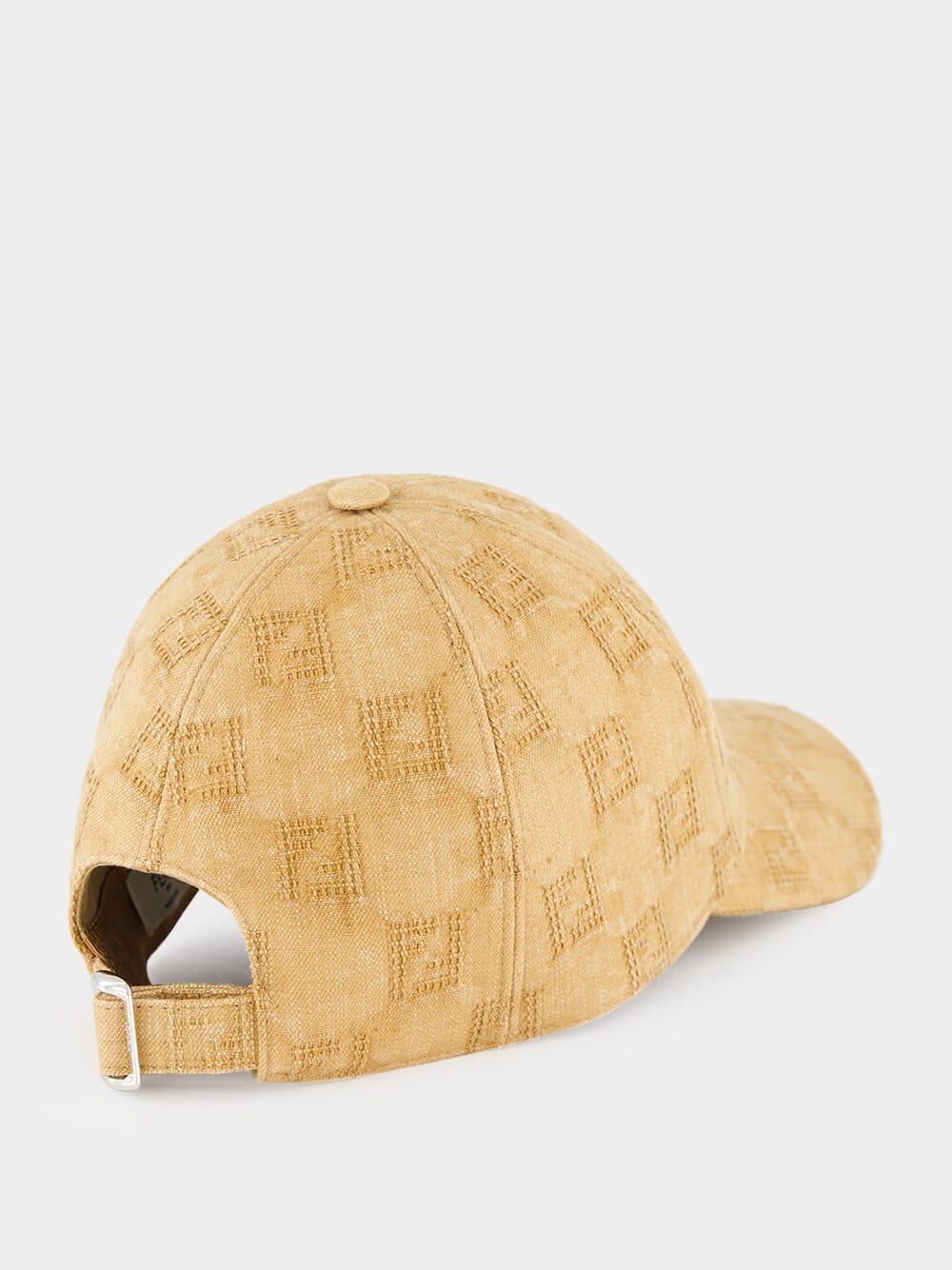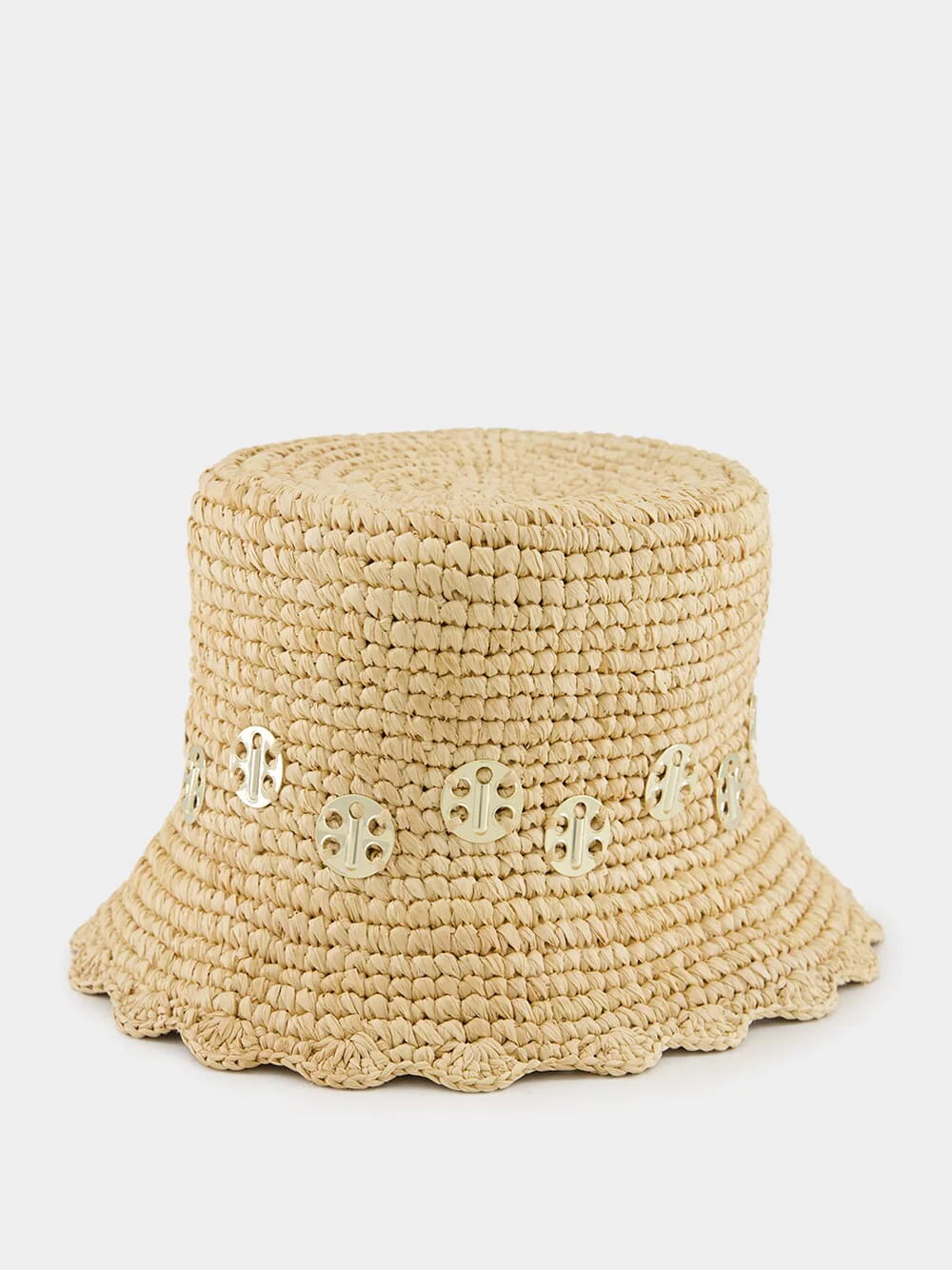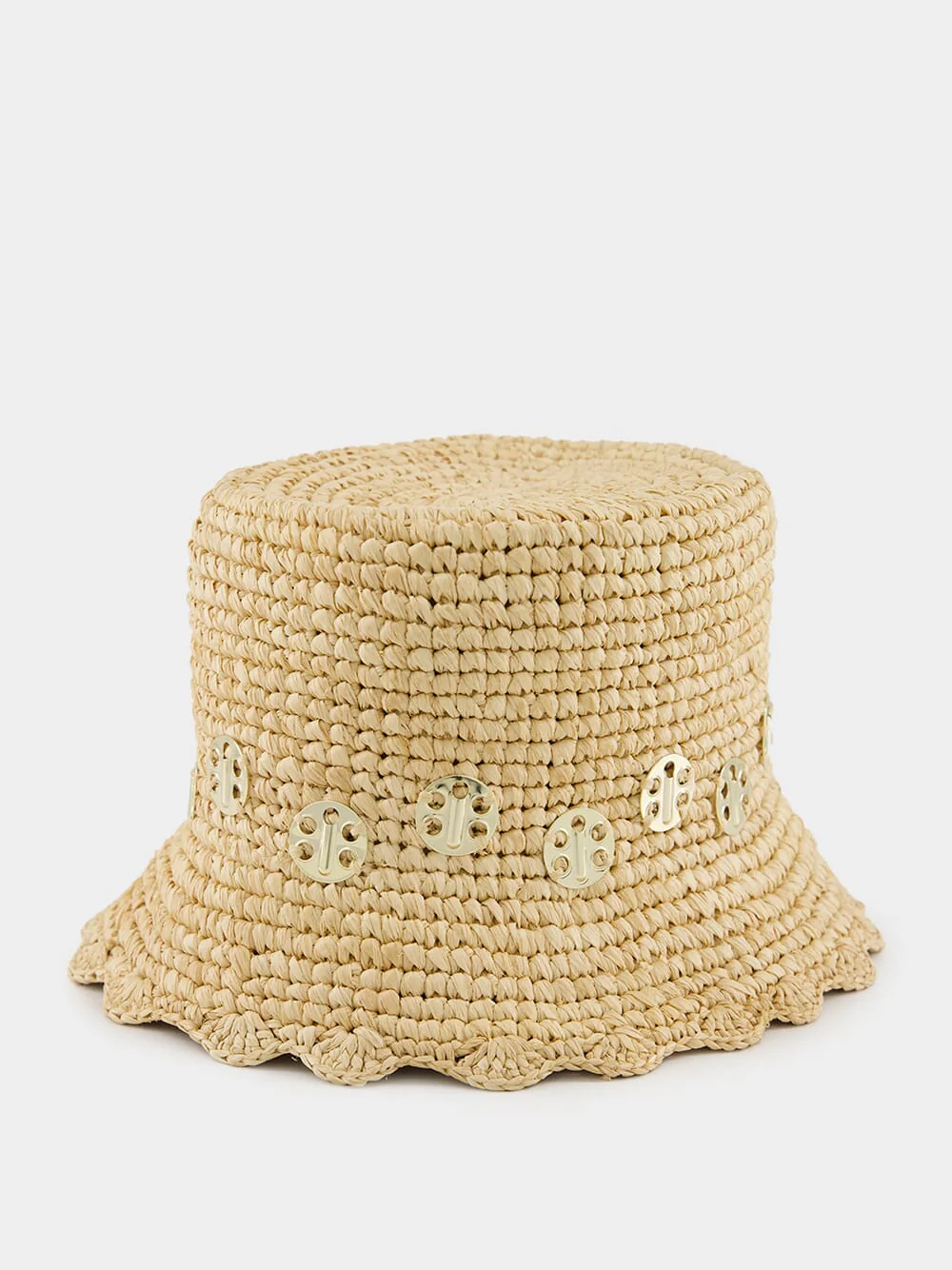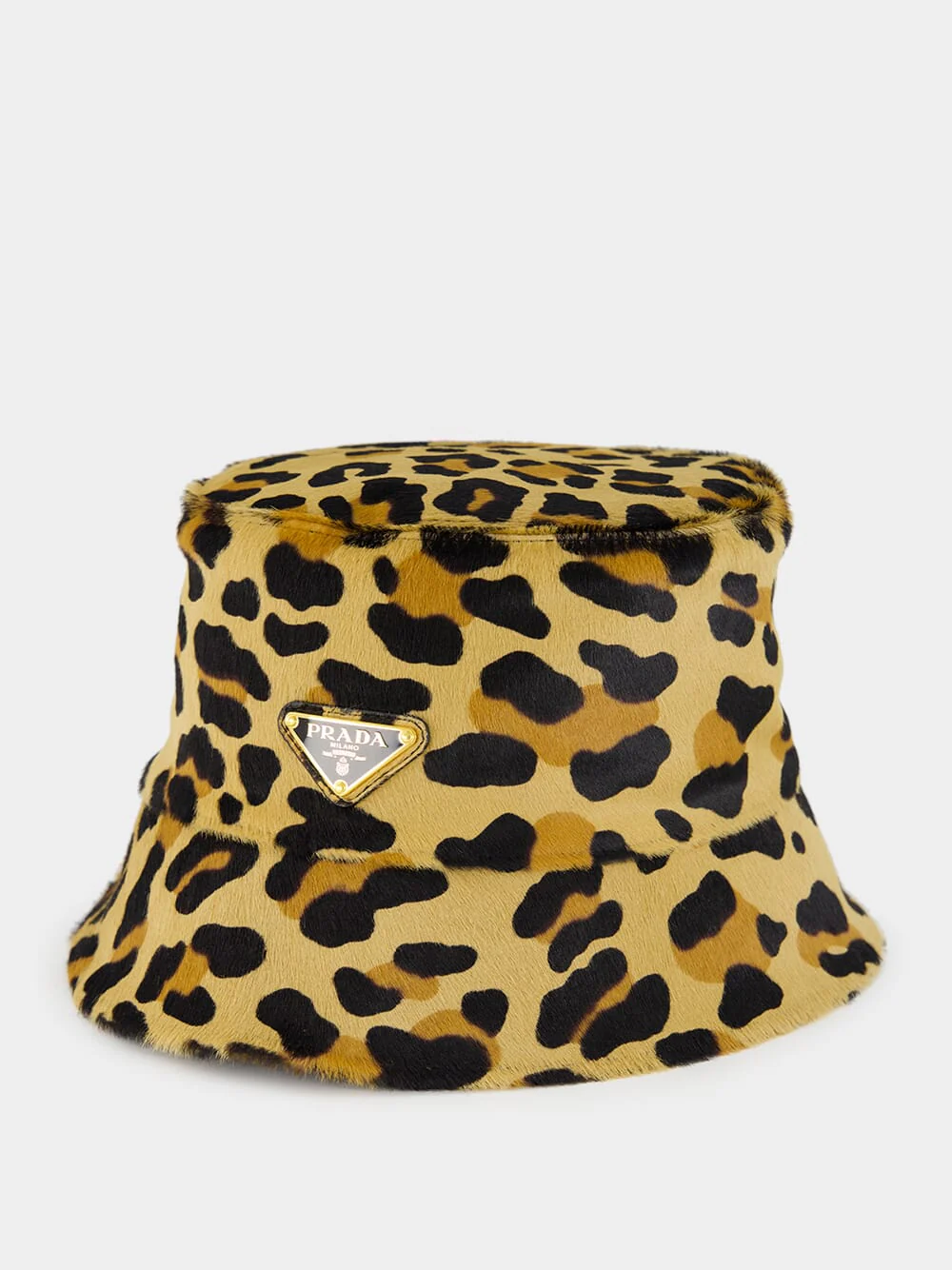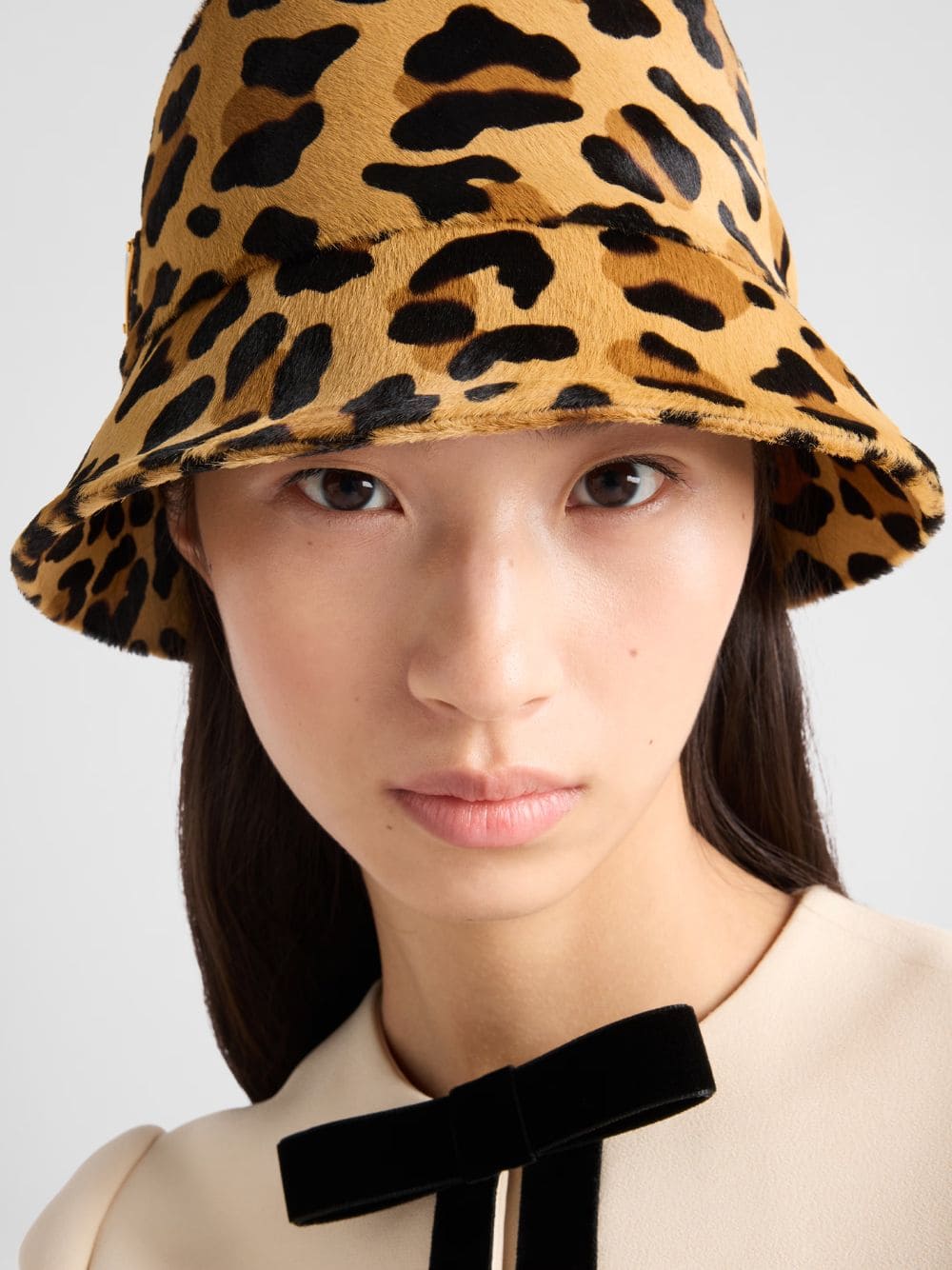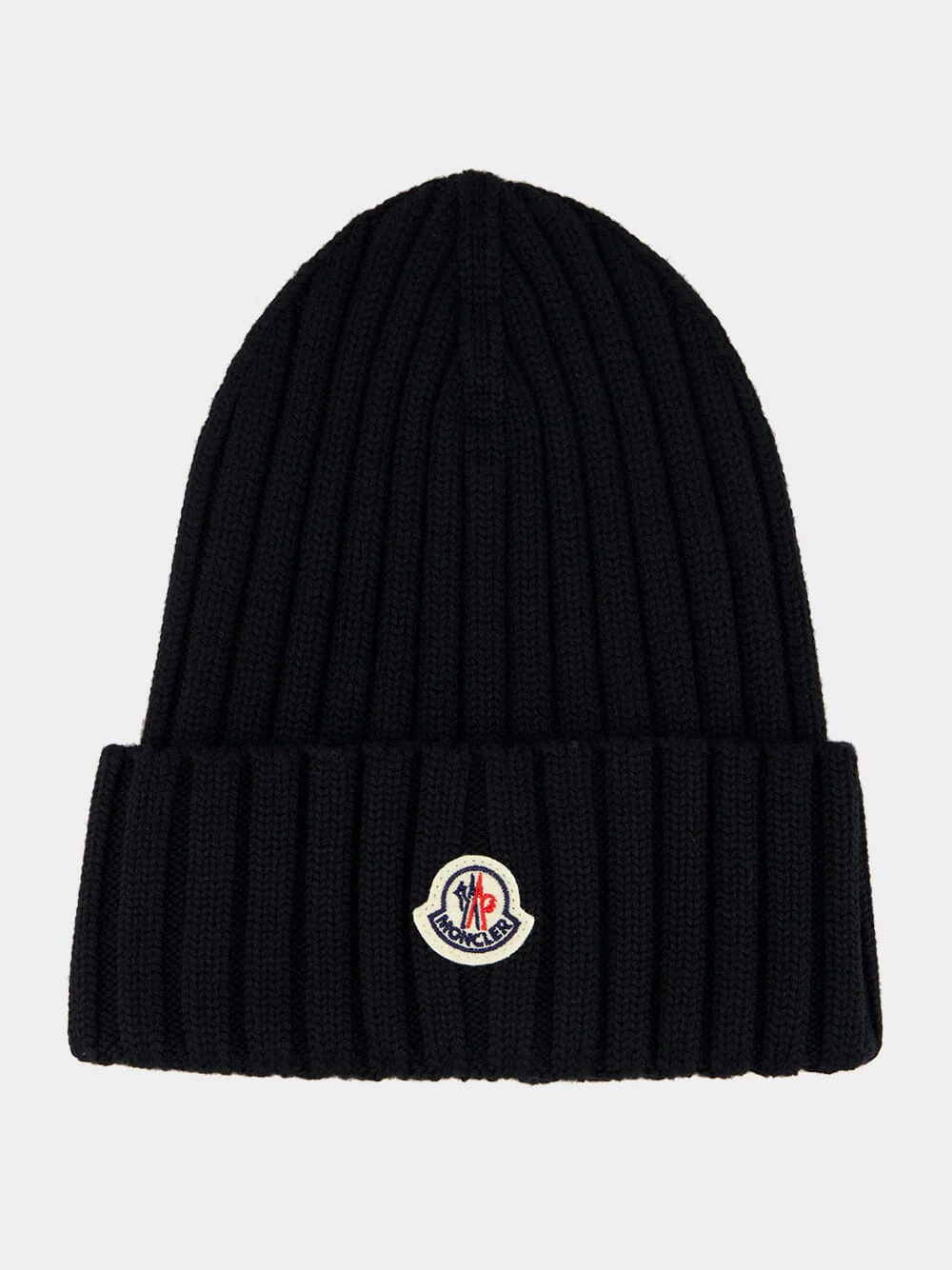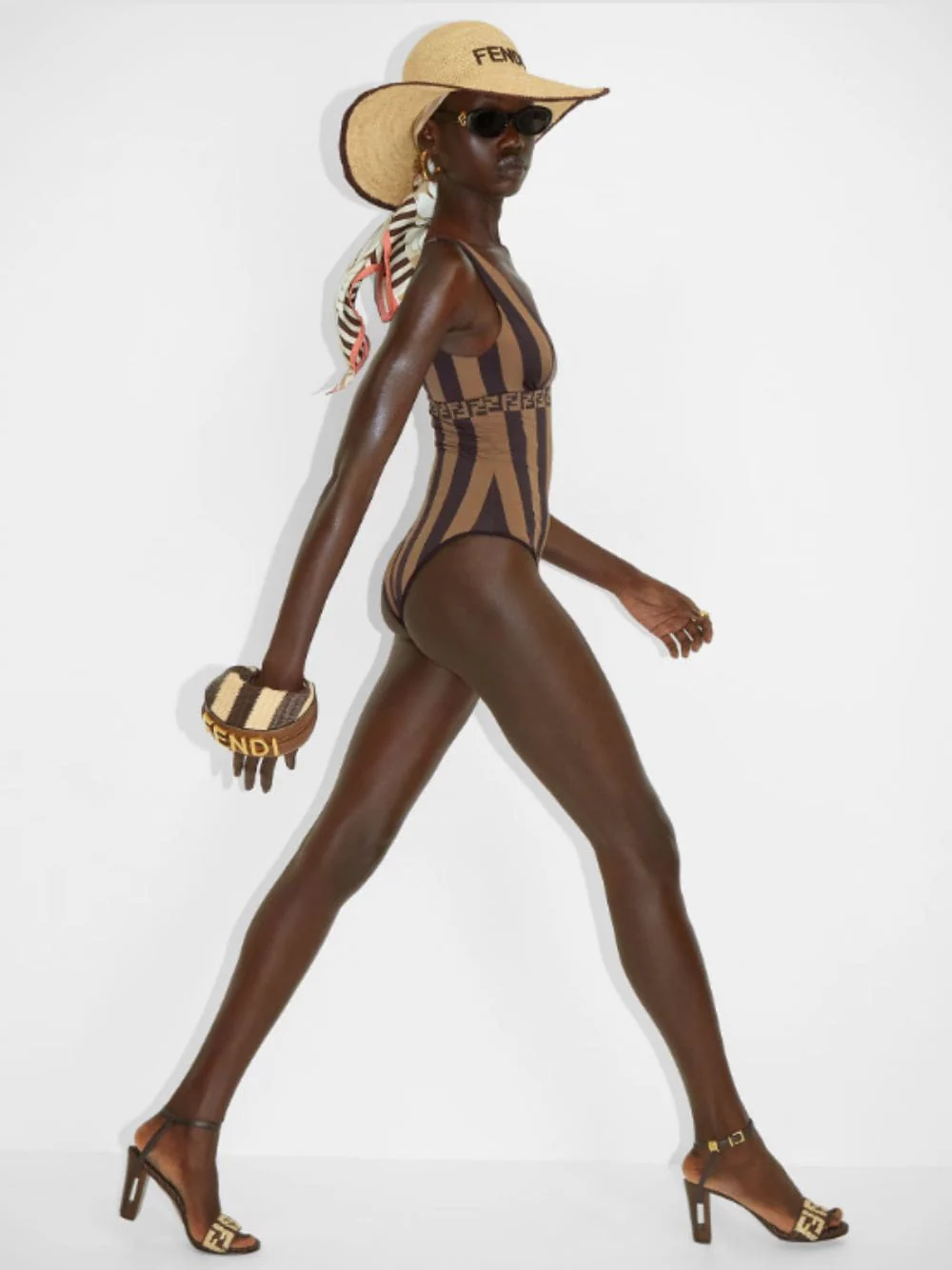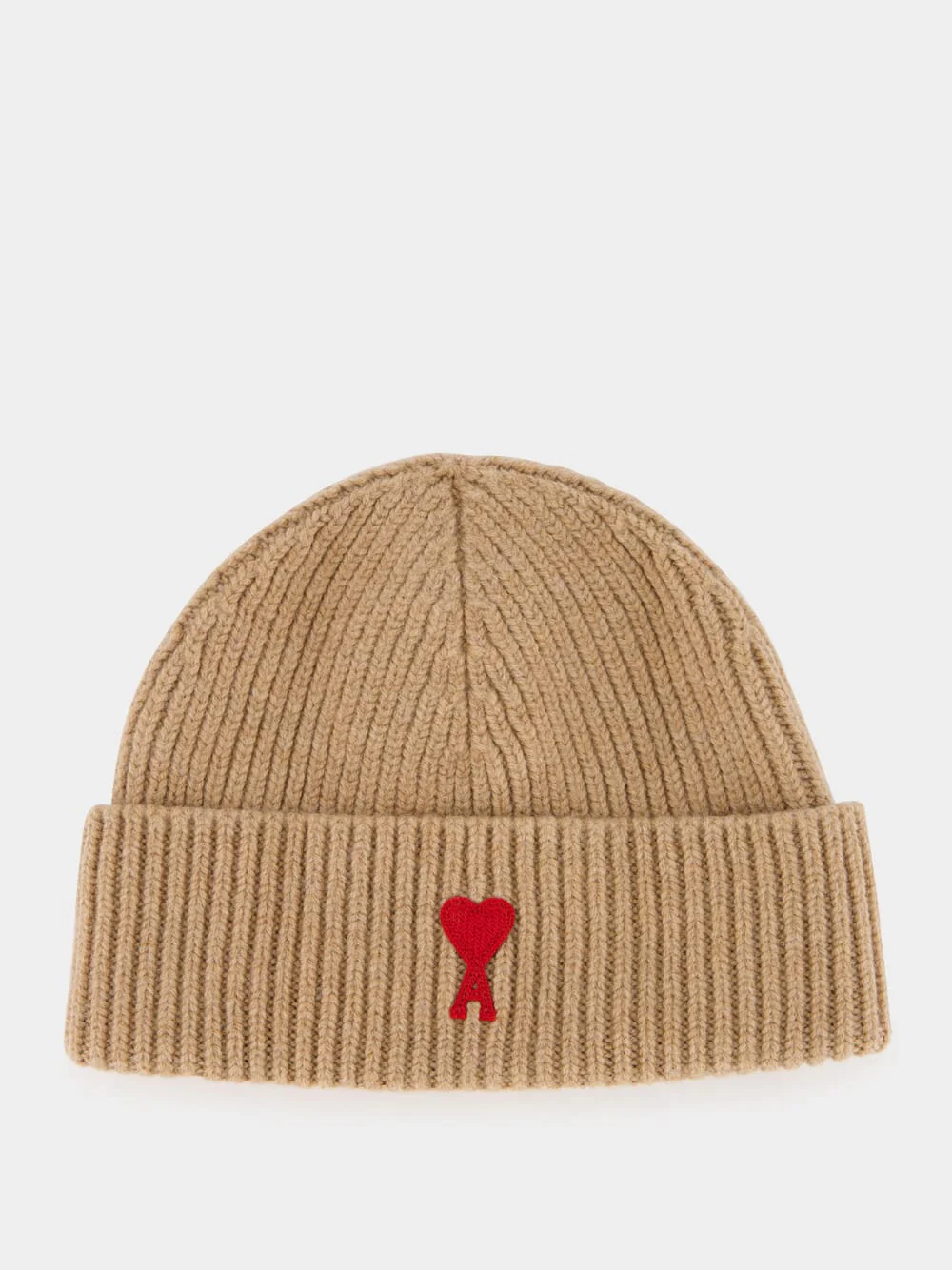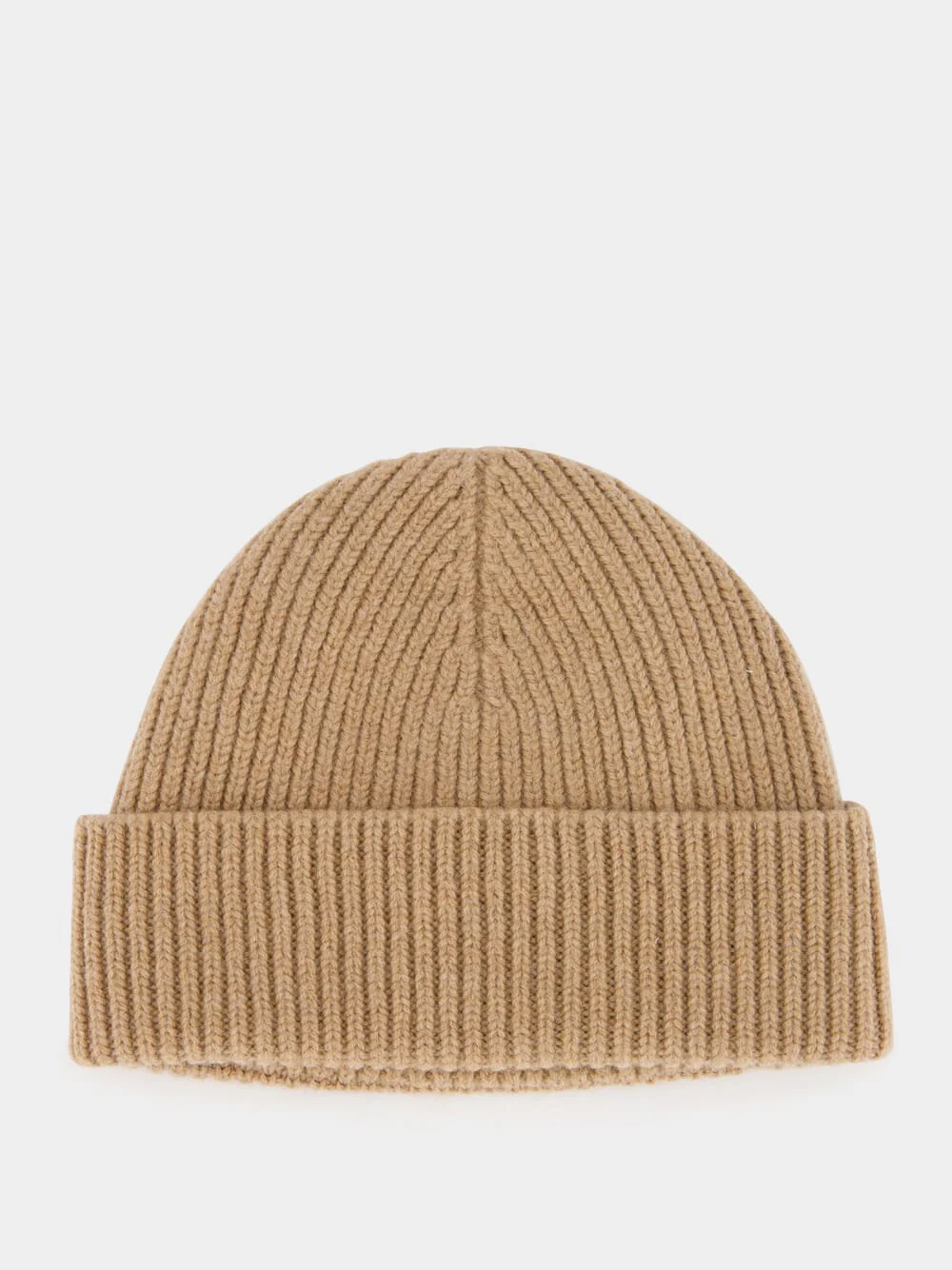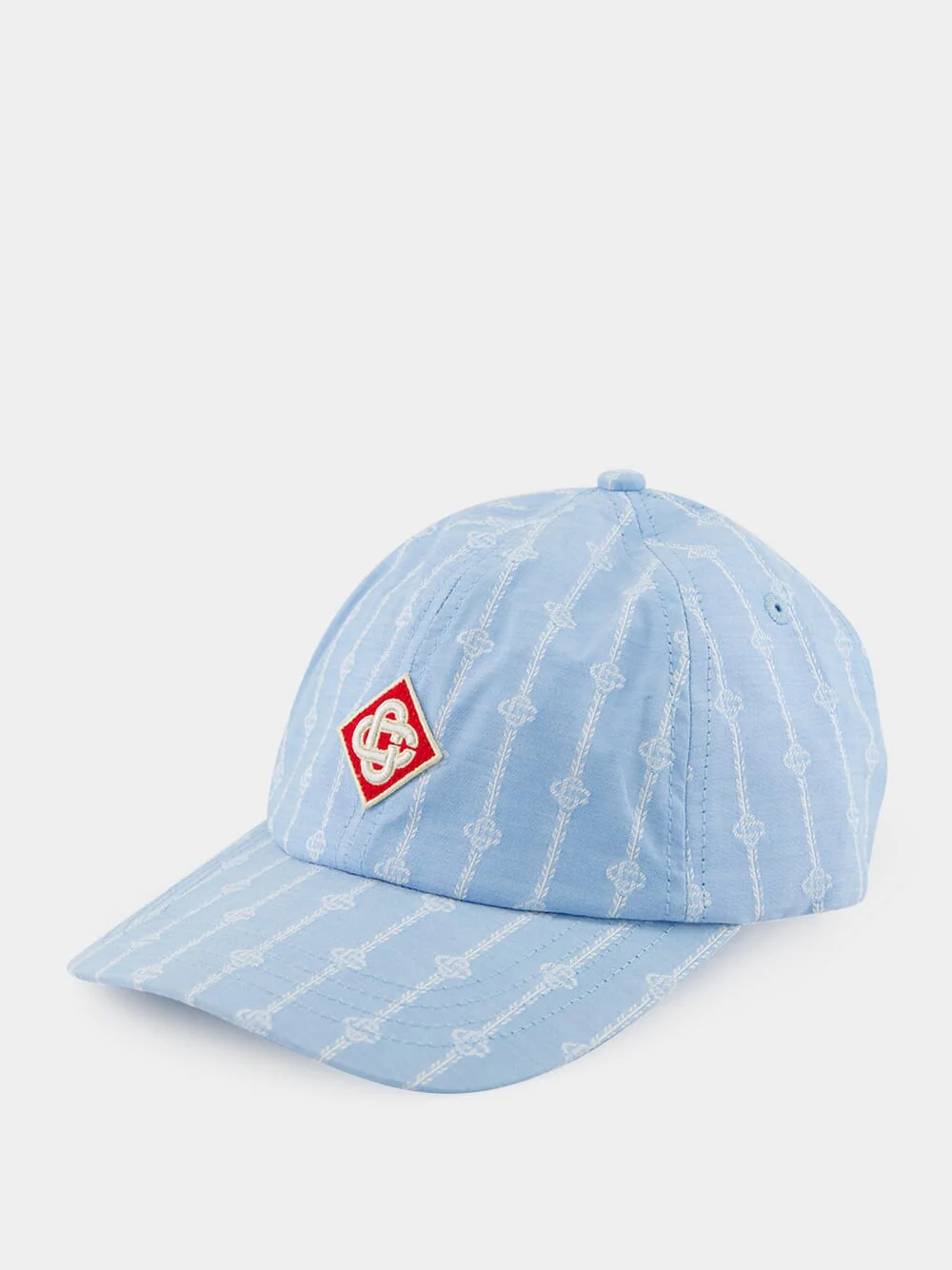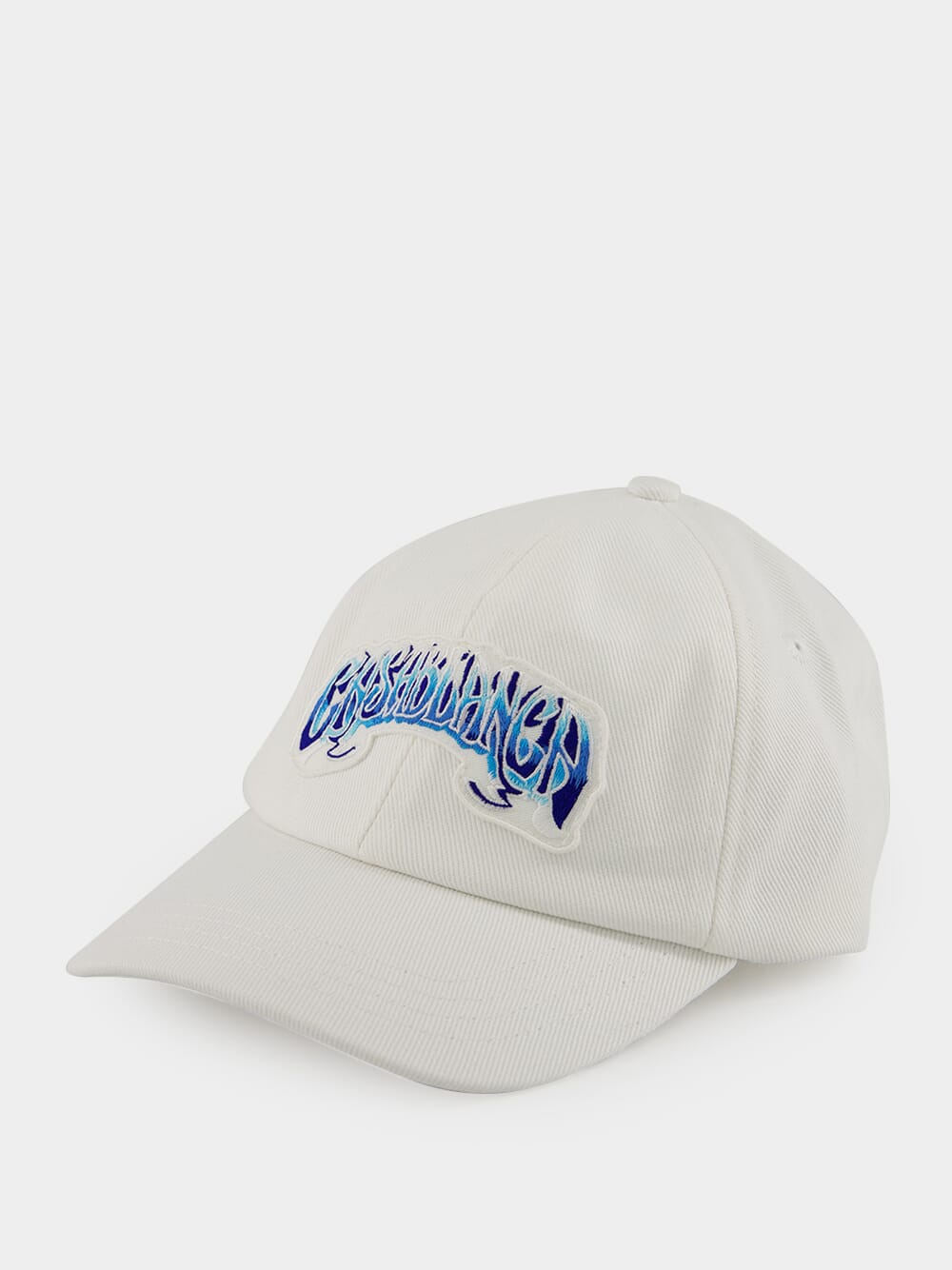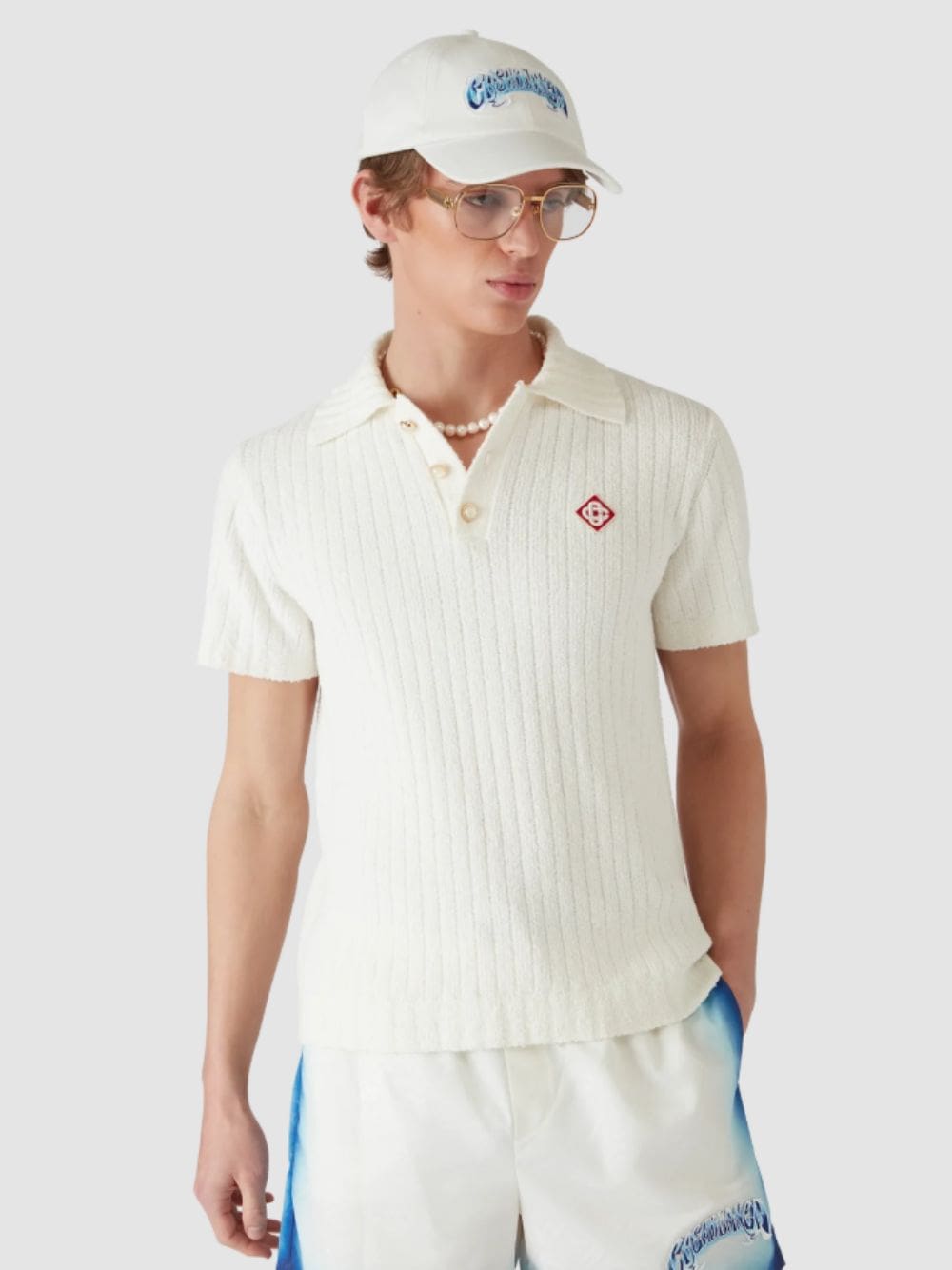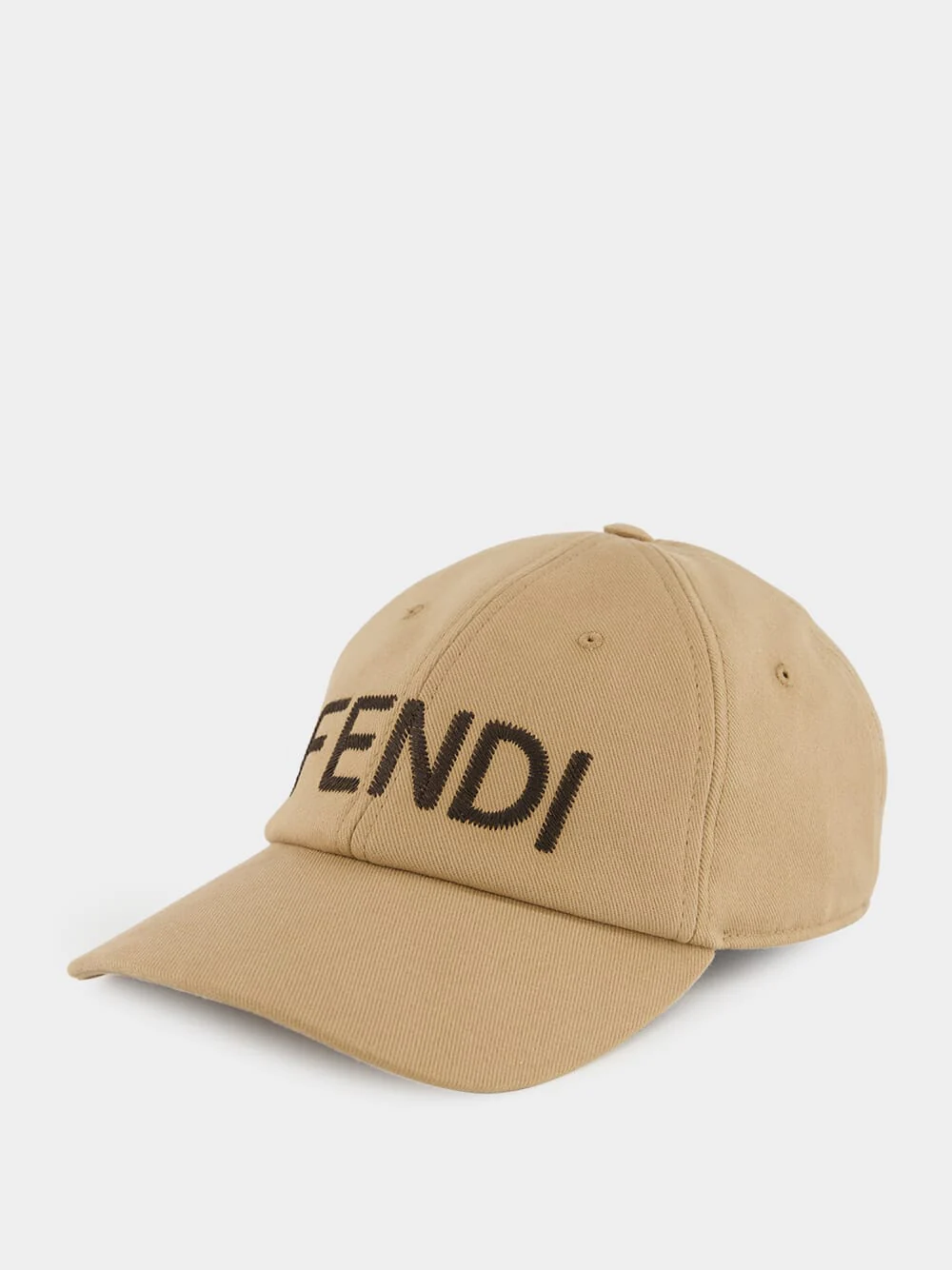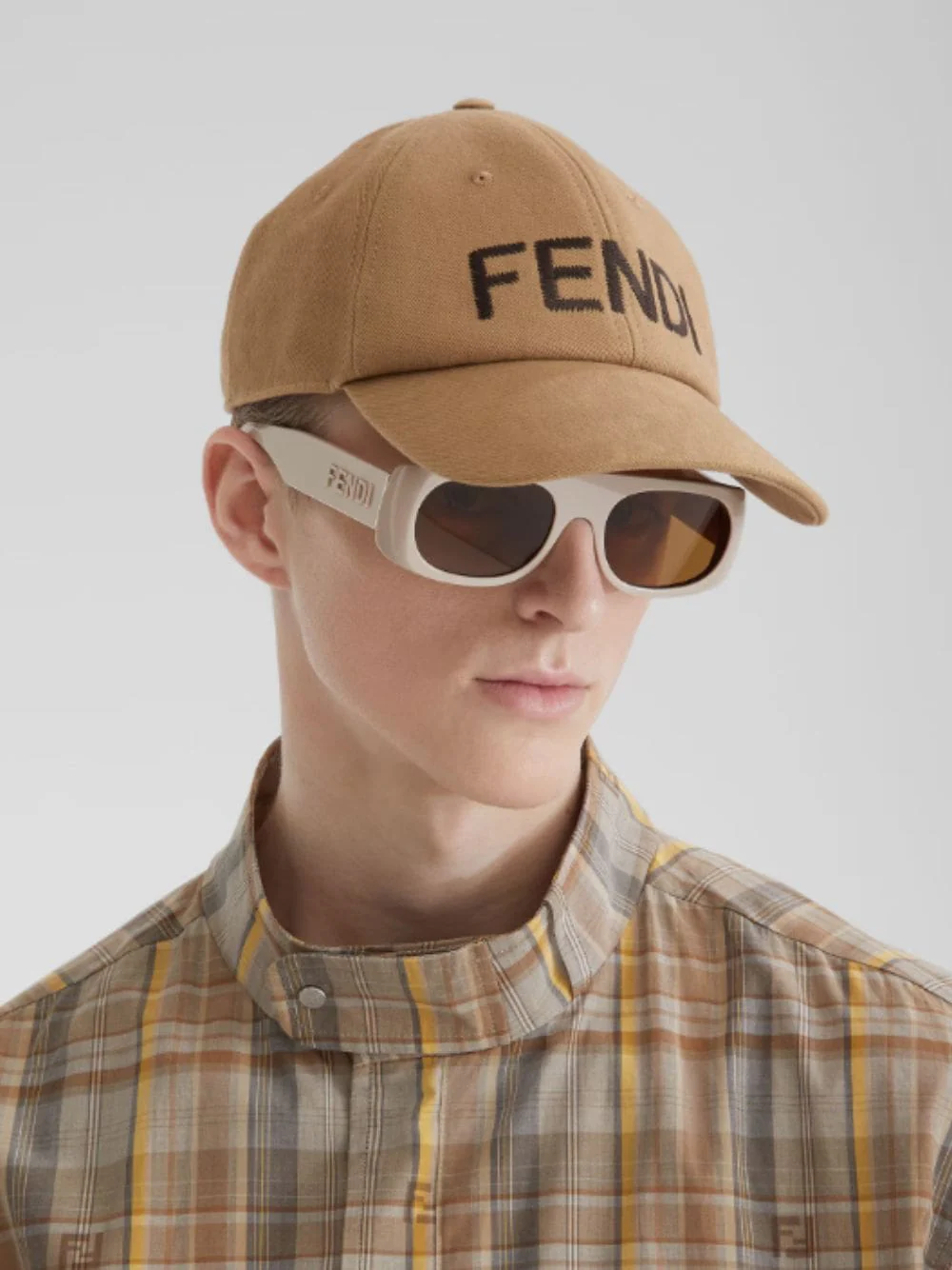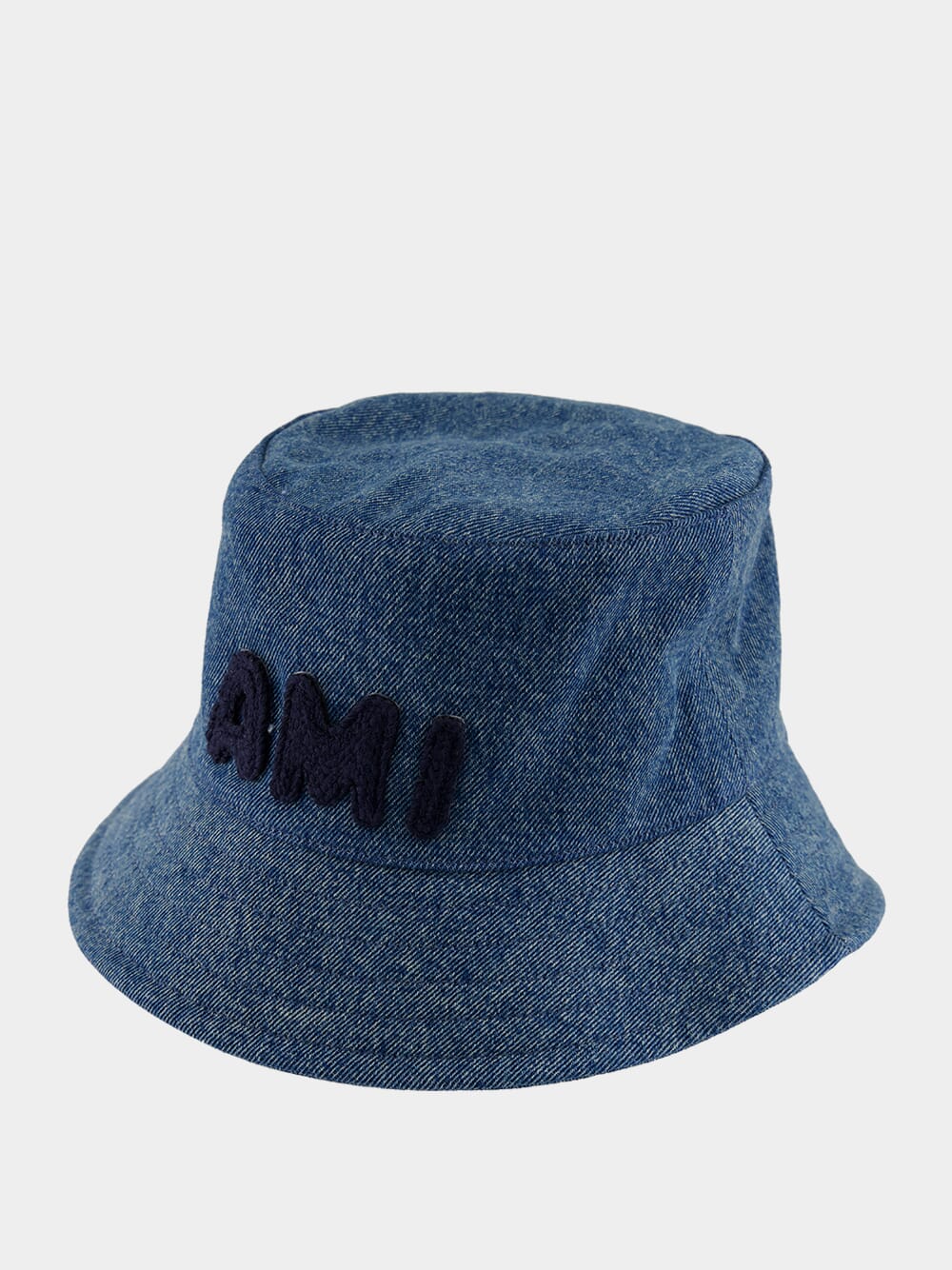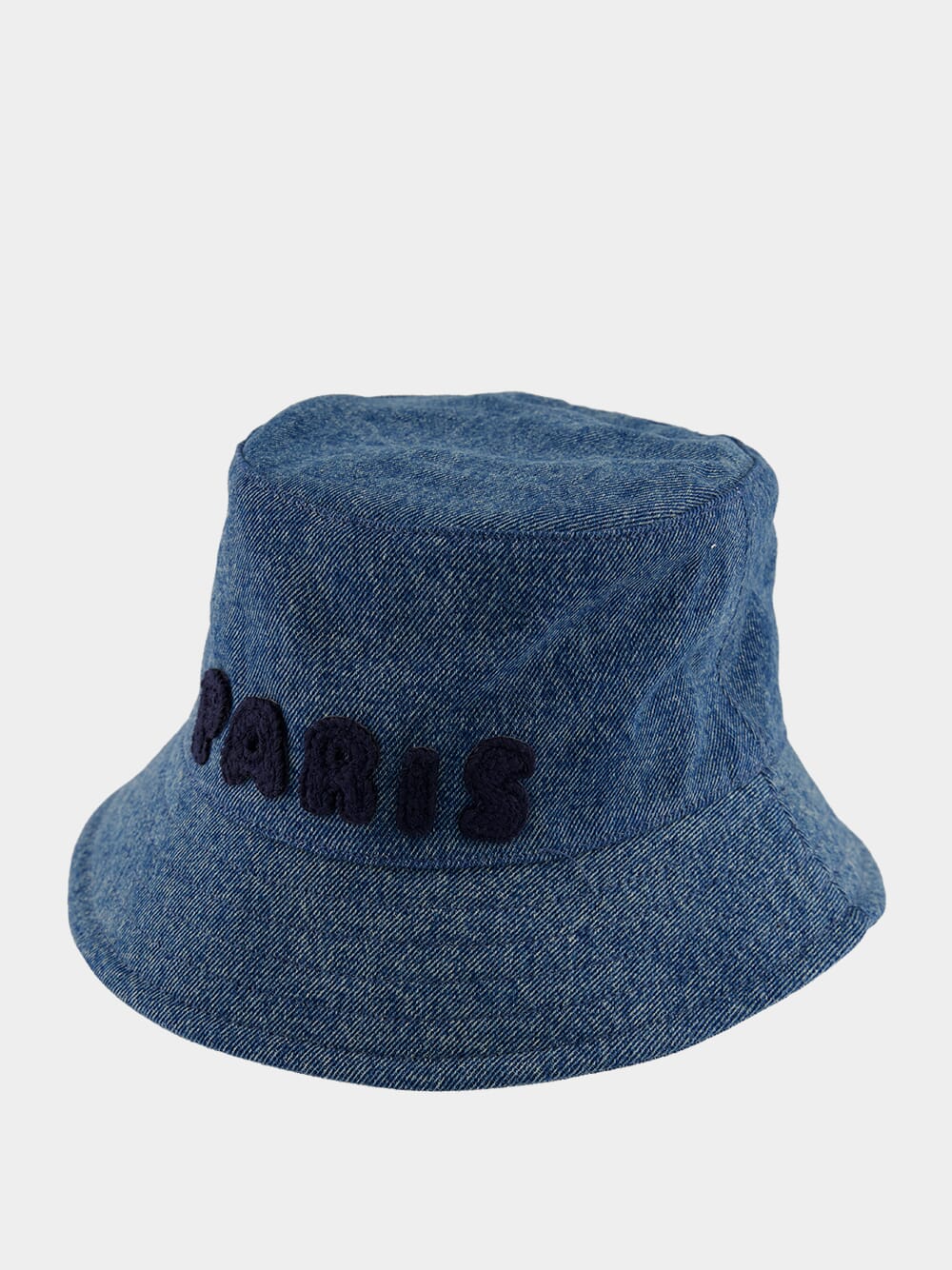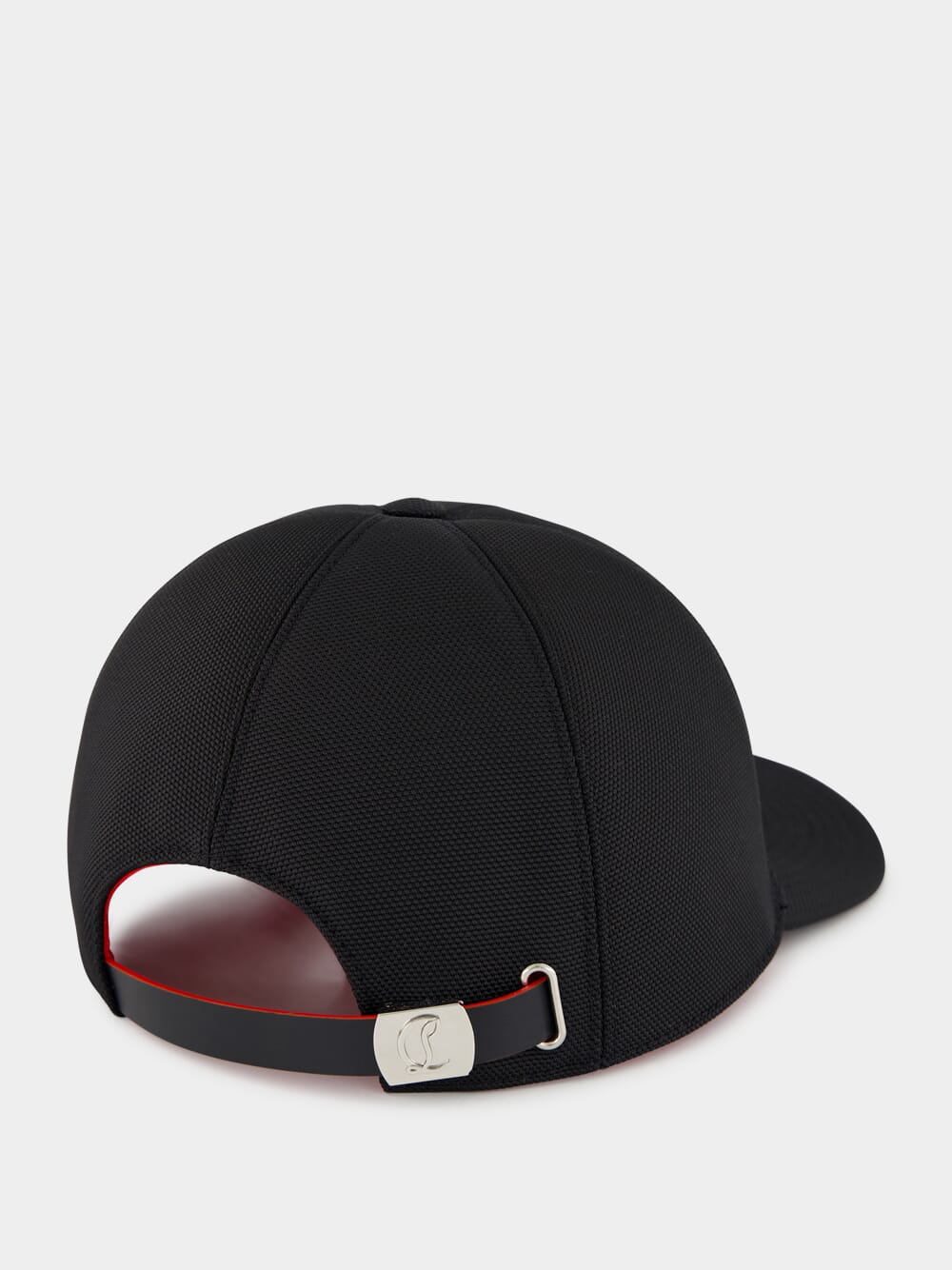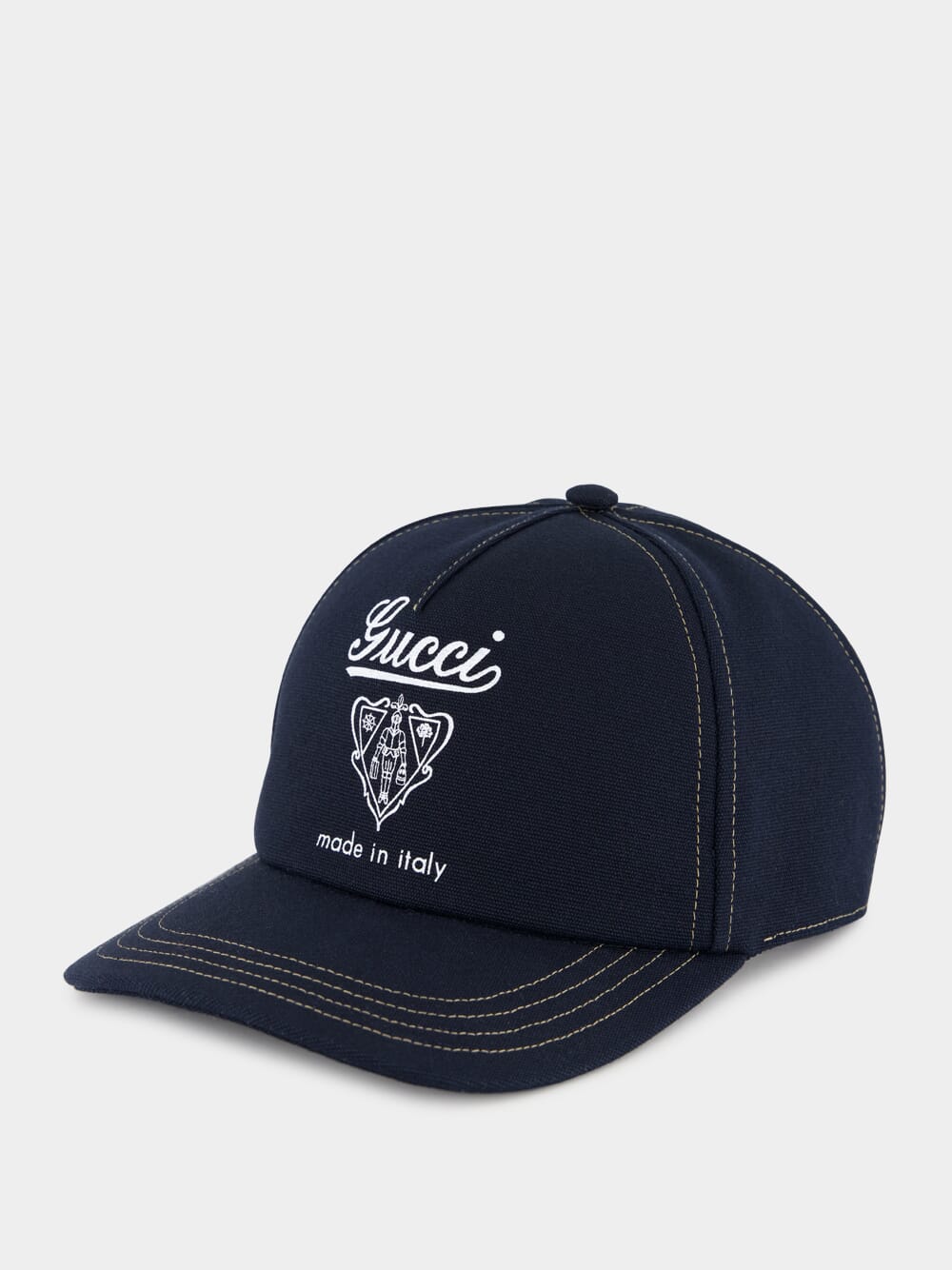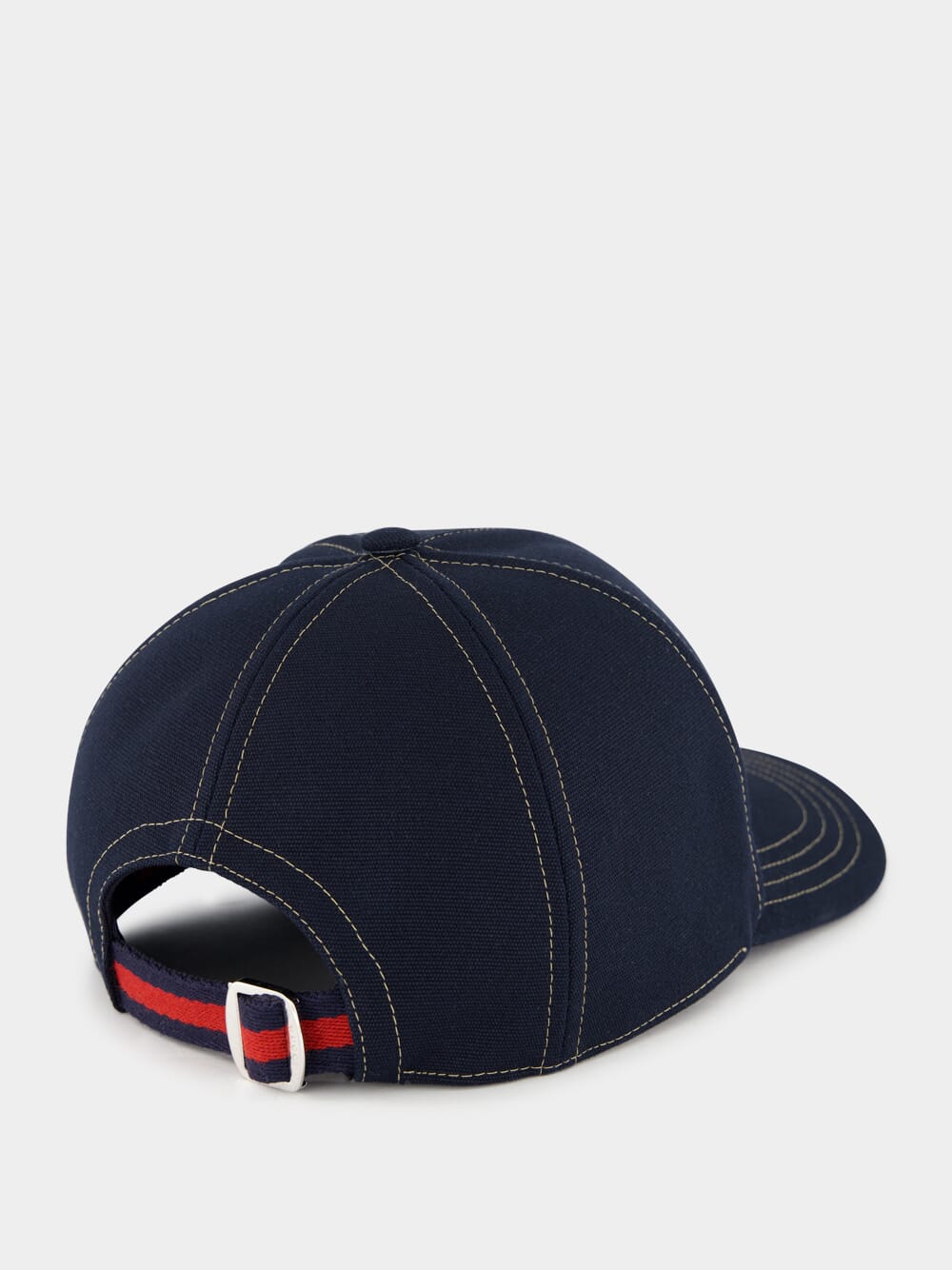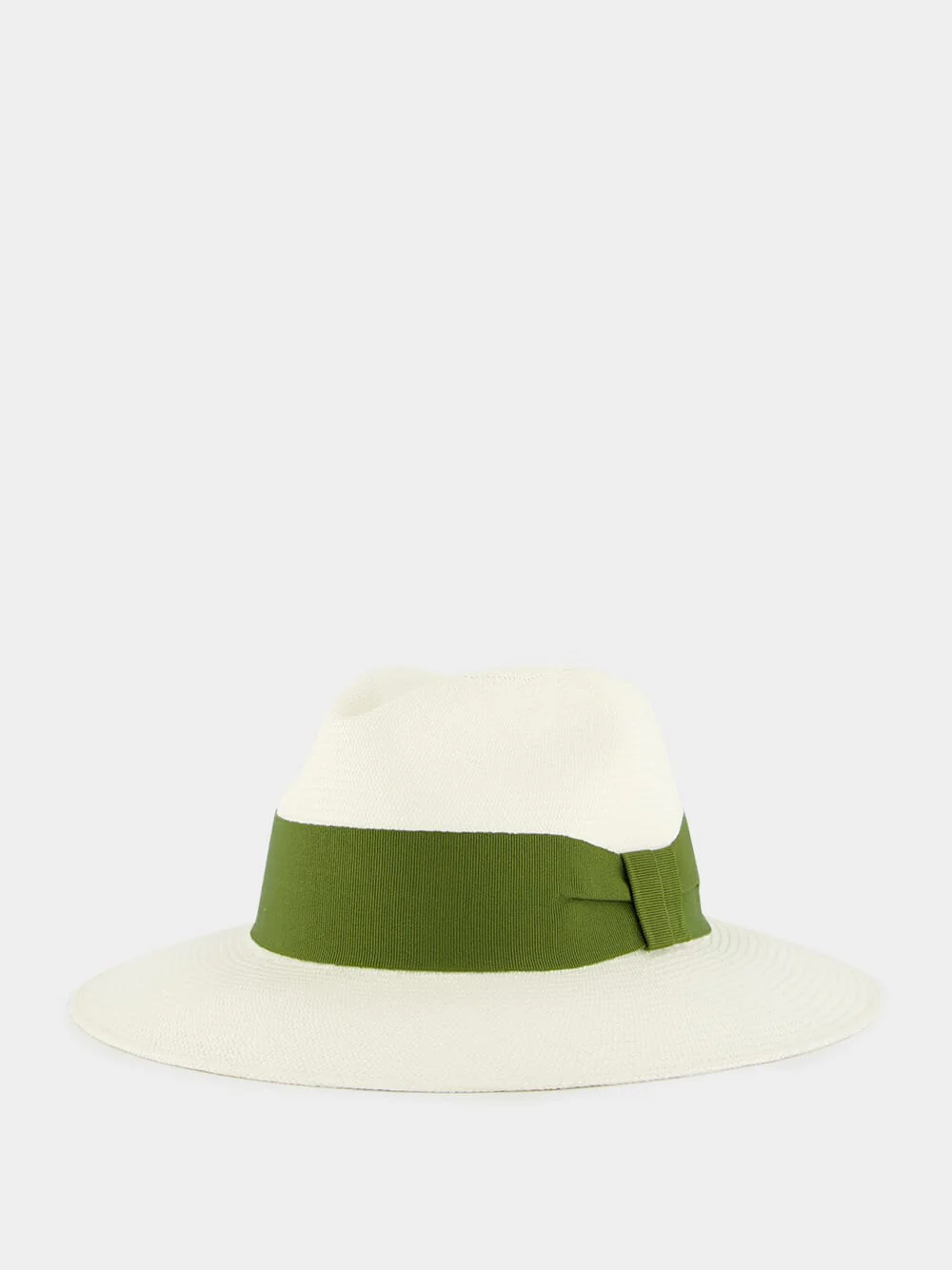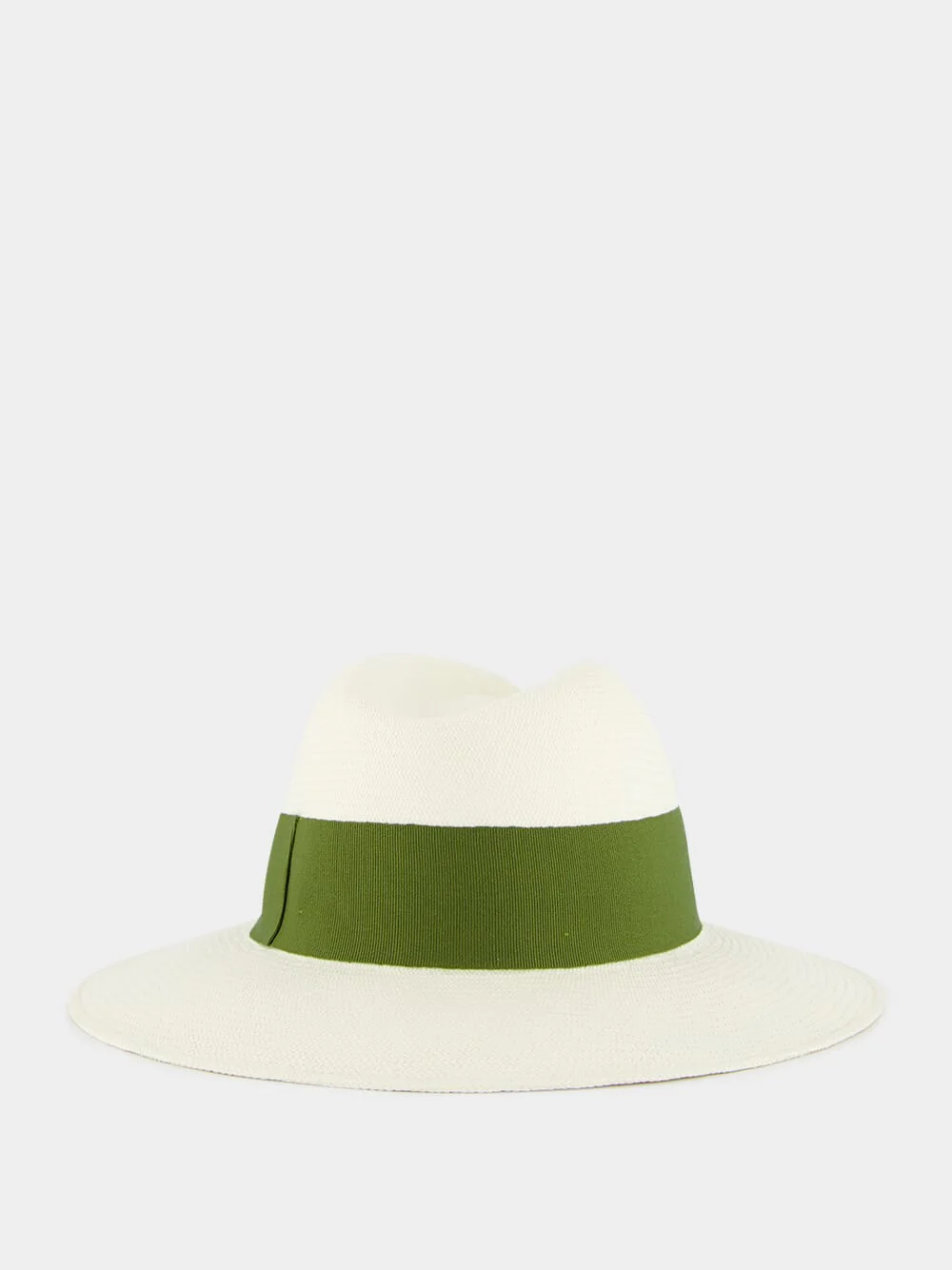Hat
Hats have been a fashion staple for millennia, serving both practical and symbolic purposes. From the late 19th to early 20th centuries, hats played a crucial role in both men's and women's fashion to the extent that an outfit would be utterly incomplete without one. Famous couturiers worked in close partnership with milliners (hat makers) and several (such as Coco Chanel, Halston, and Schiaparelli) actually started their careers as milliners themselves.
Post-WWII brought significant social changes, and by the 1950s, the wearing of hats began to fade. The rise of youth culture, hairstyles becoming significant fashion statements, and the democratization of automobiles all made wearing hats less appealing. Still, chefs, military personnel, and clerics rely on hats to define their role or rank even today.
A hat can make a strong impression, so much so that you are likely to remember specific events associated with a specific hat or associate someone with a hat style before any other trait: Royal Ascot is synonymous with a rainbow of head attire; think of JFK and Jackie, and you might conjure an image of a pink pillbox hat; think of Indiana Jones, and he will be wearing a fedora; think of Charlie Chaplin, and he won’t exist without his bowler.
Today, even if not mandatory, hats are as diverse as ever. Whether for shade, warmth, or style, they’re still a powerful accessory to top off a look with personality and flair.













































































































